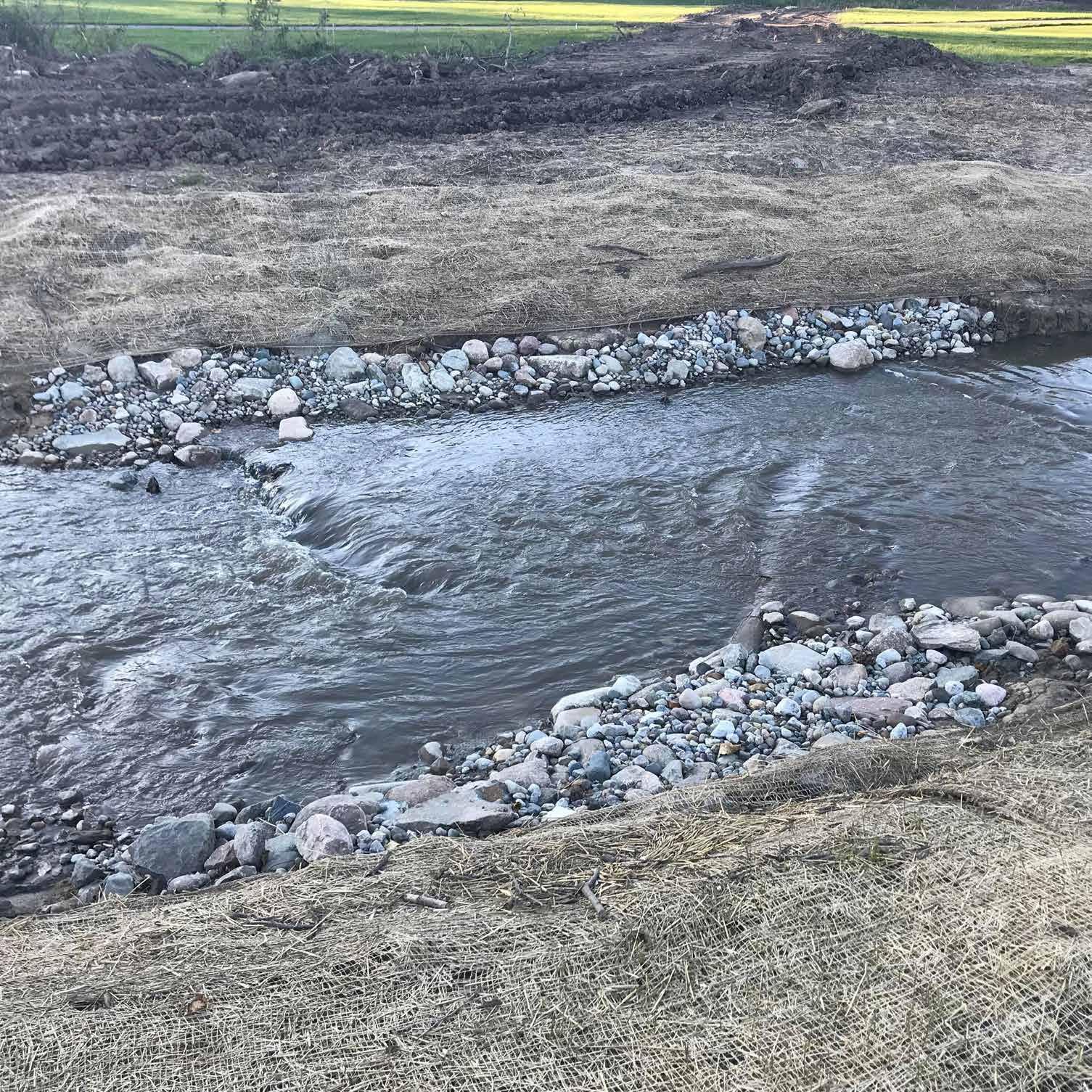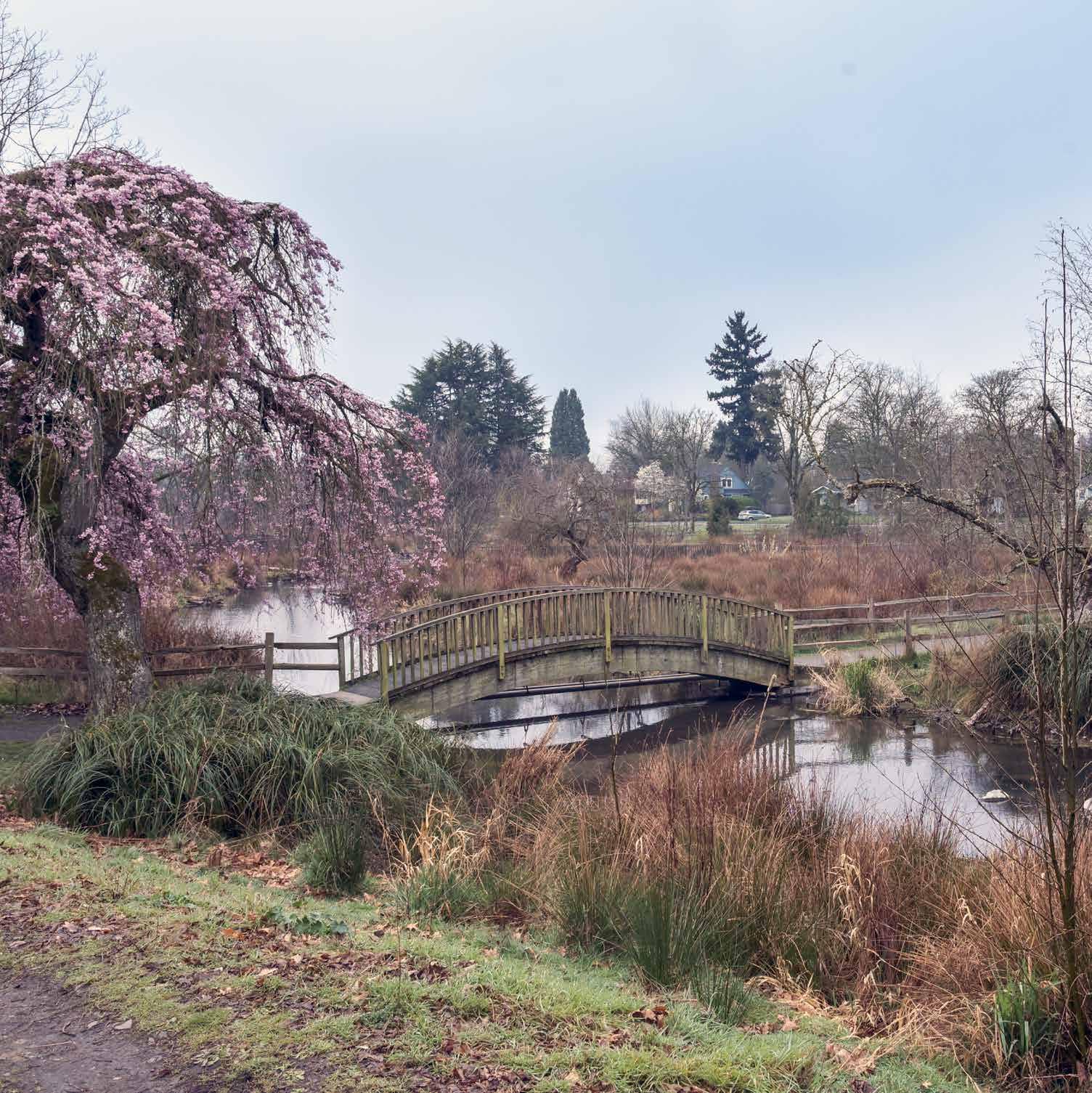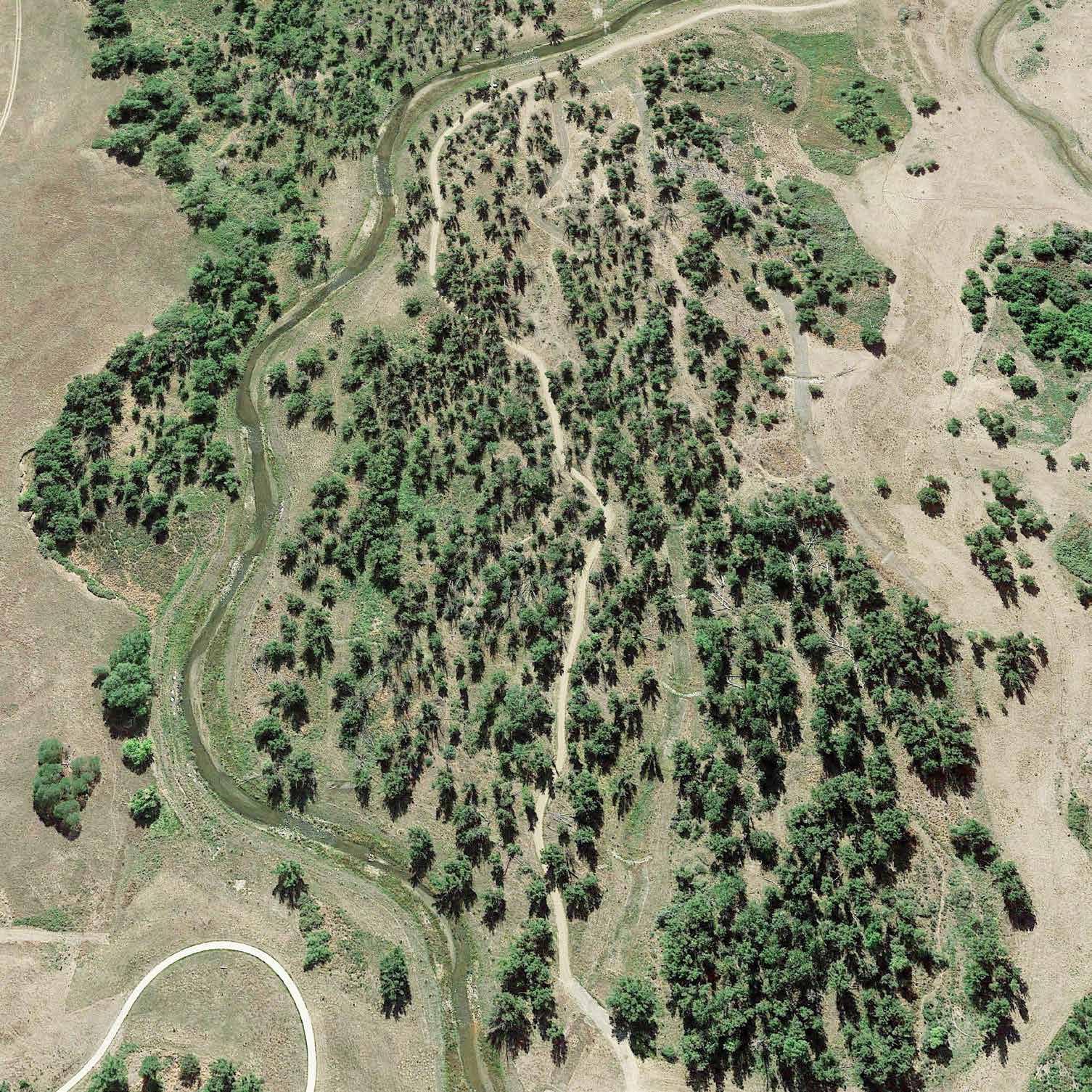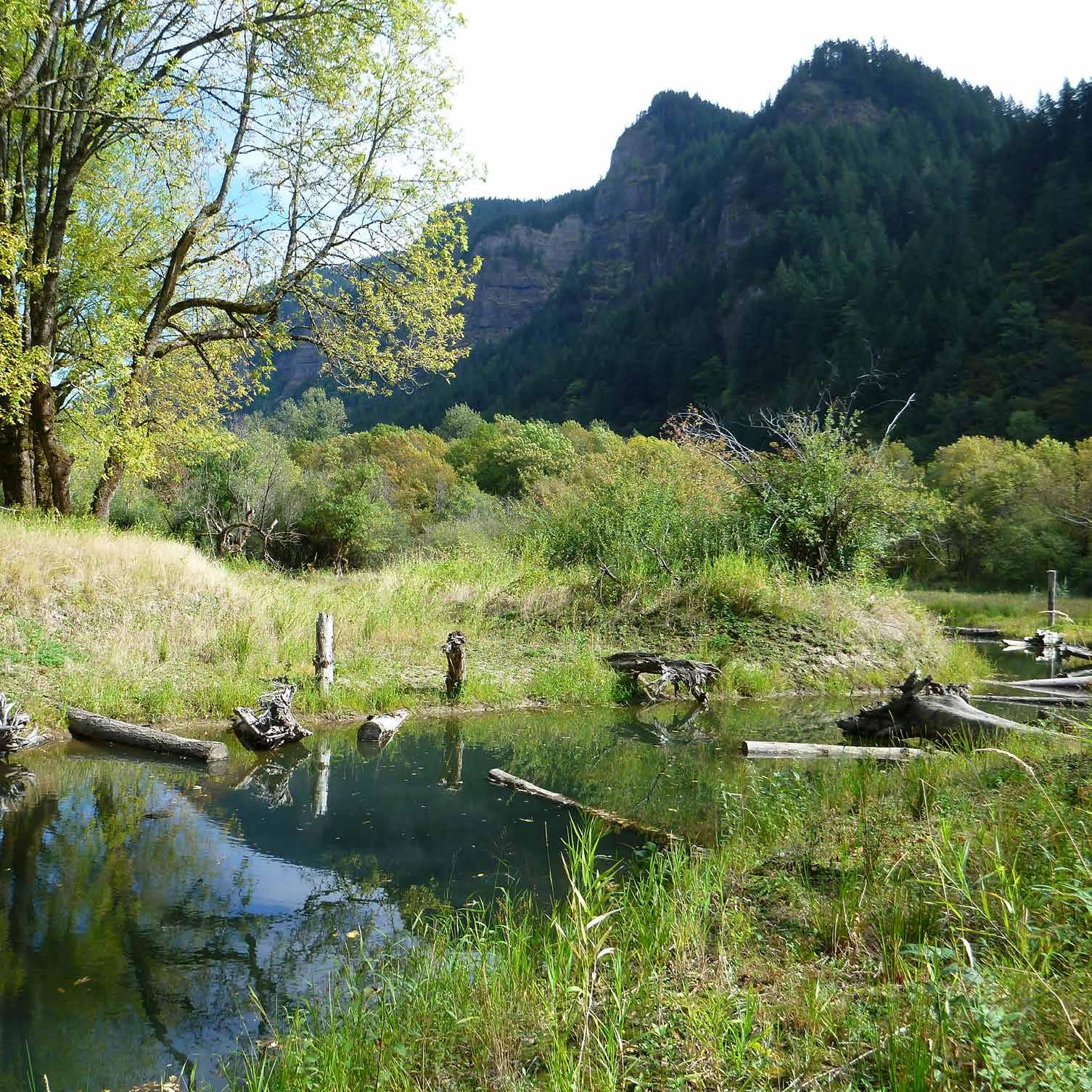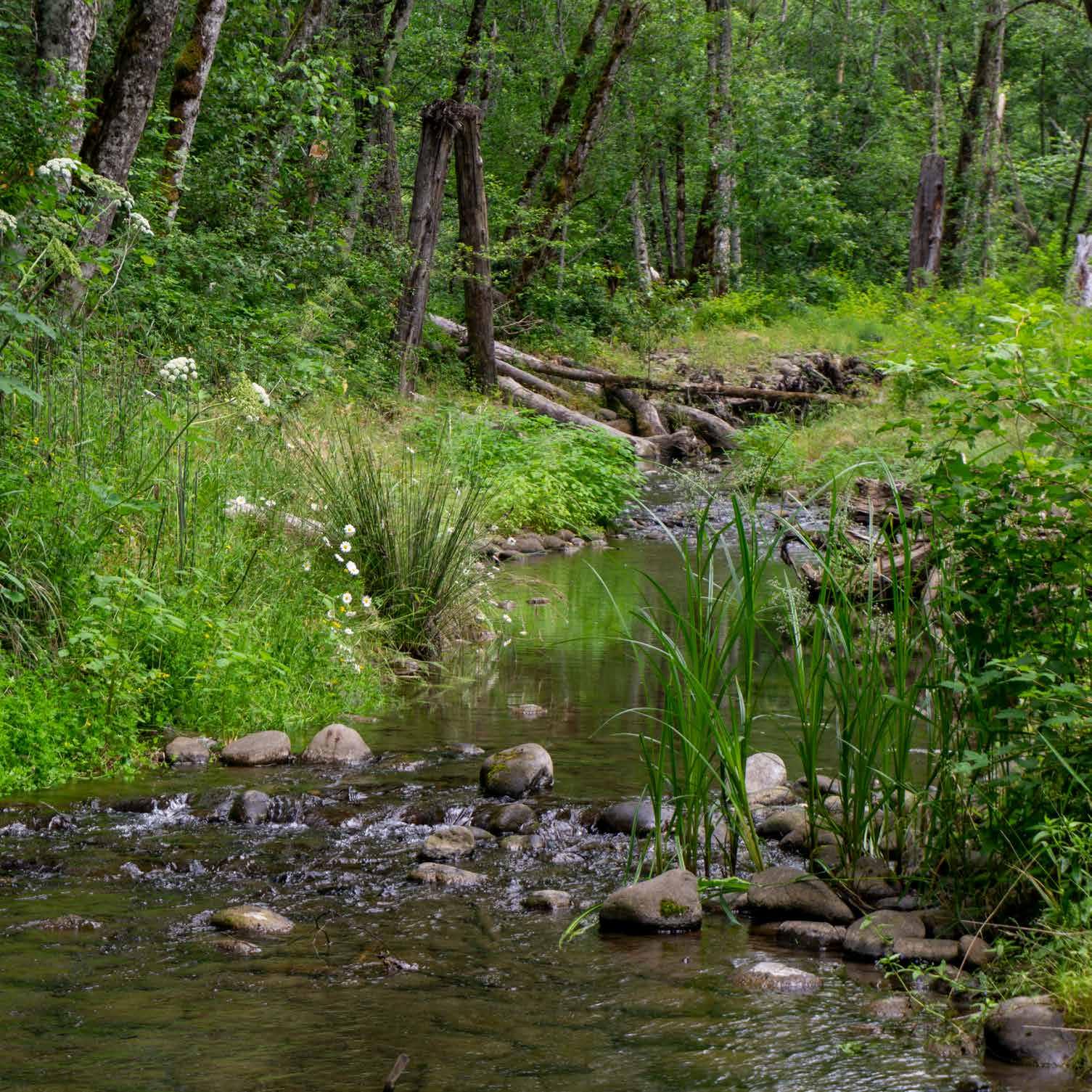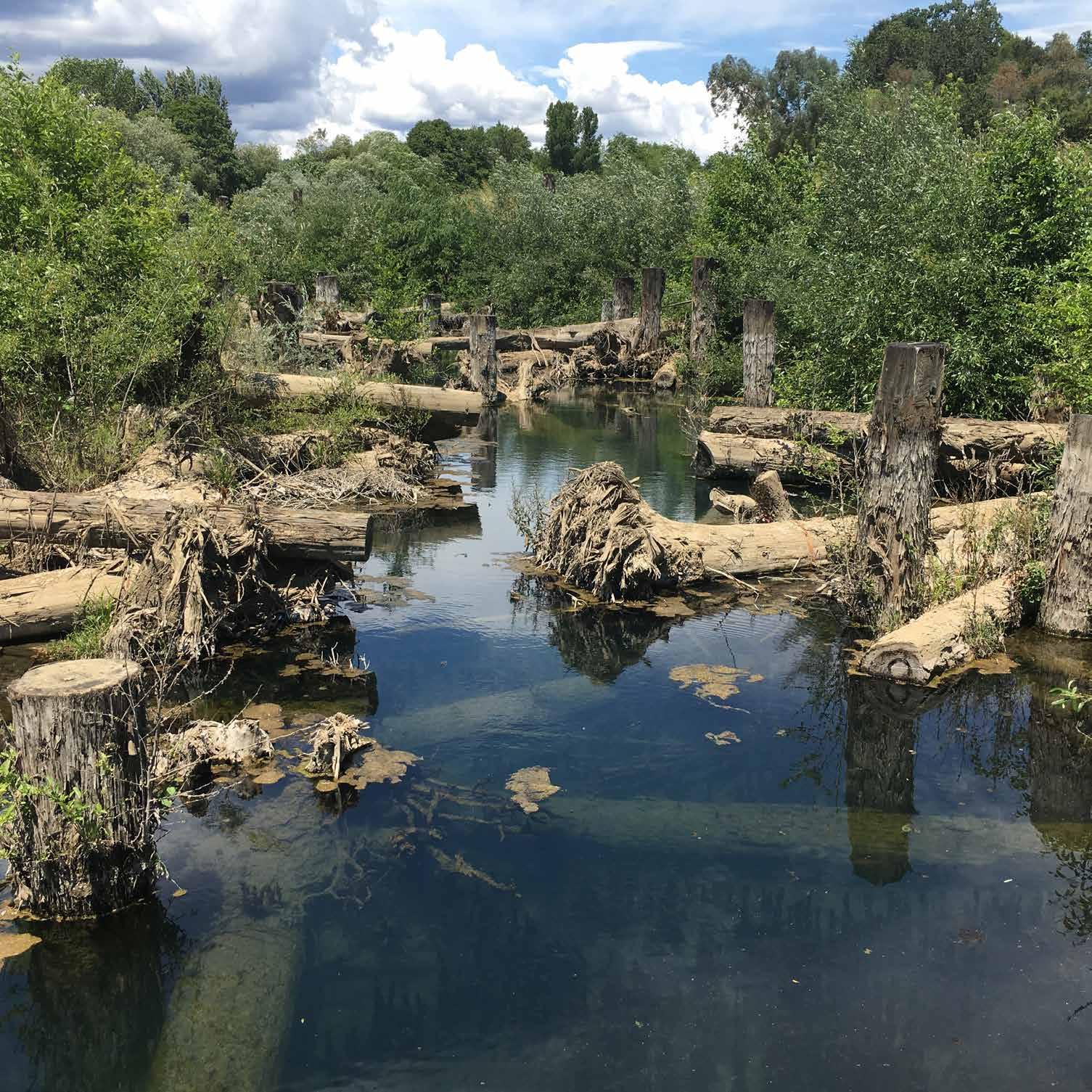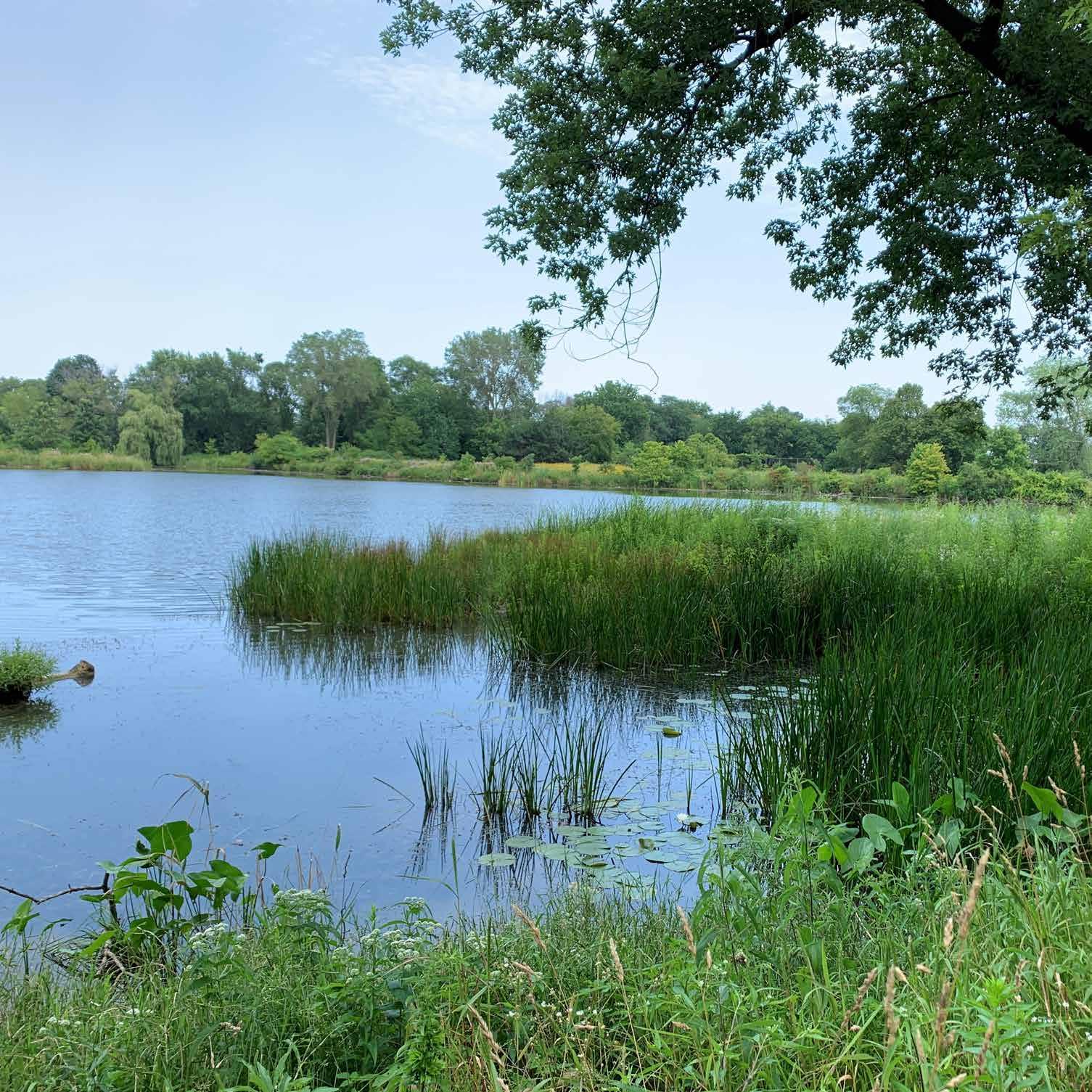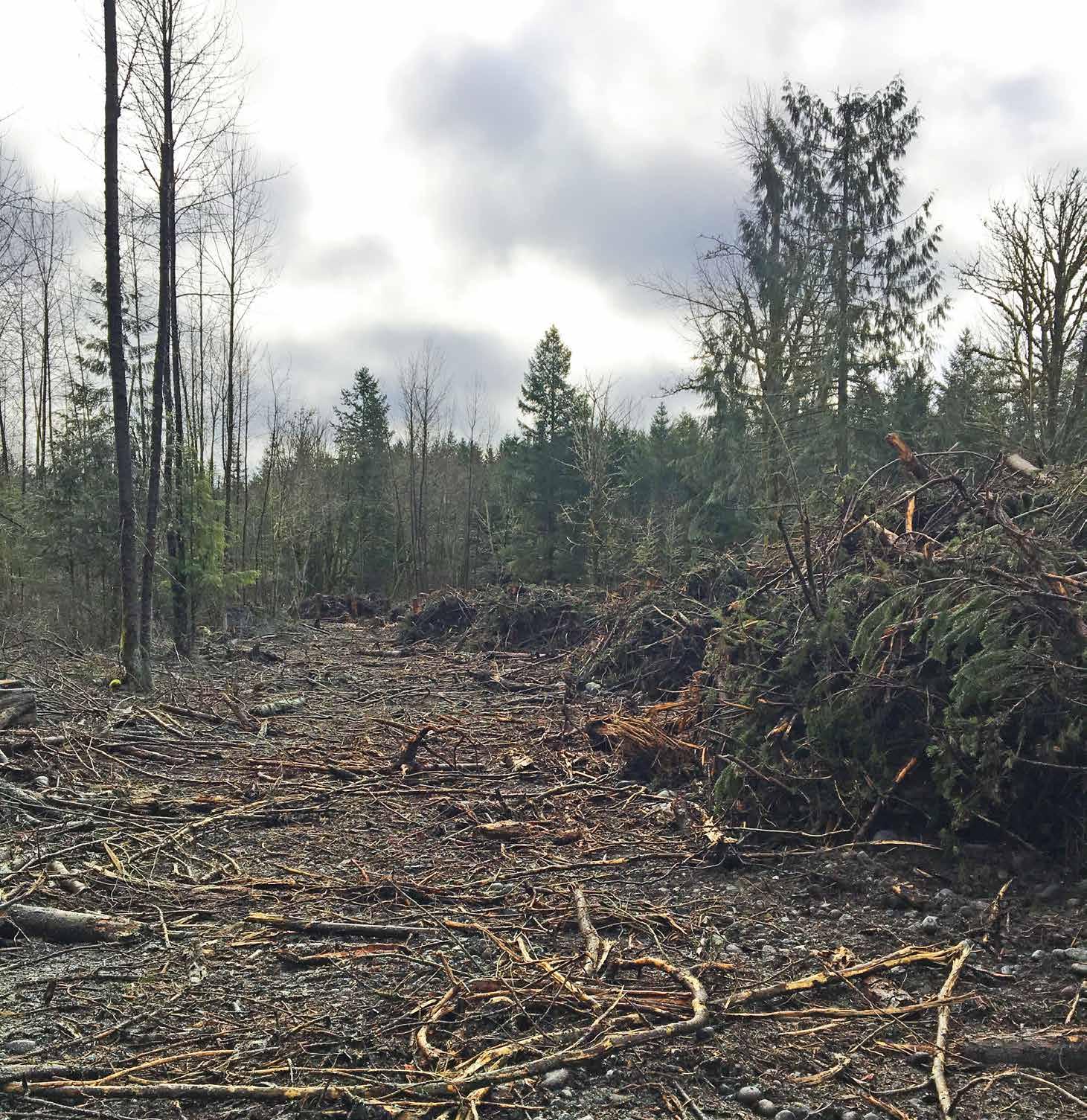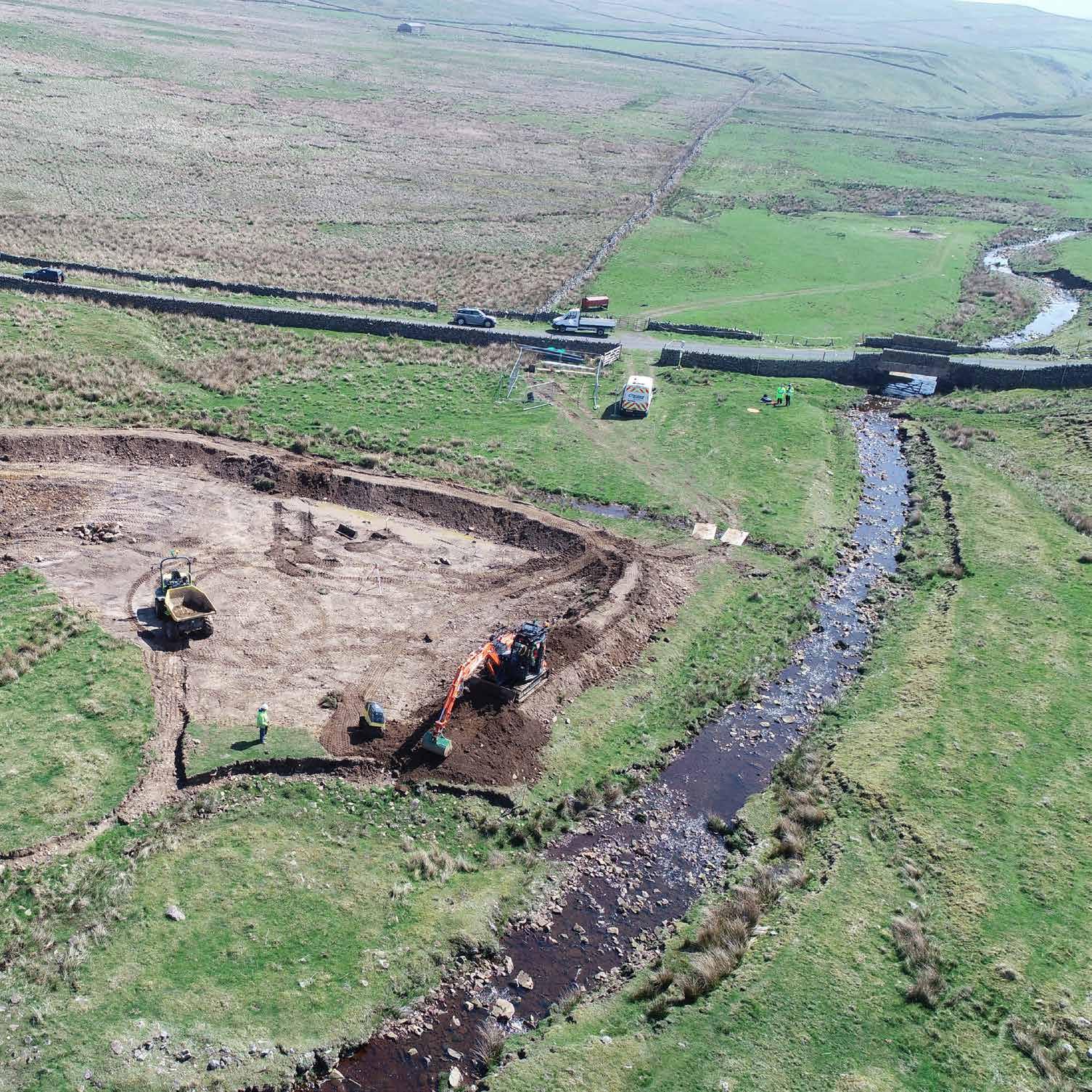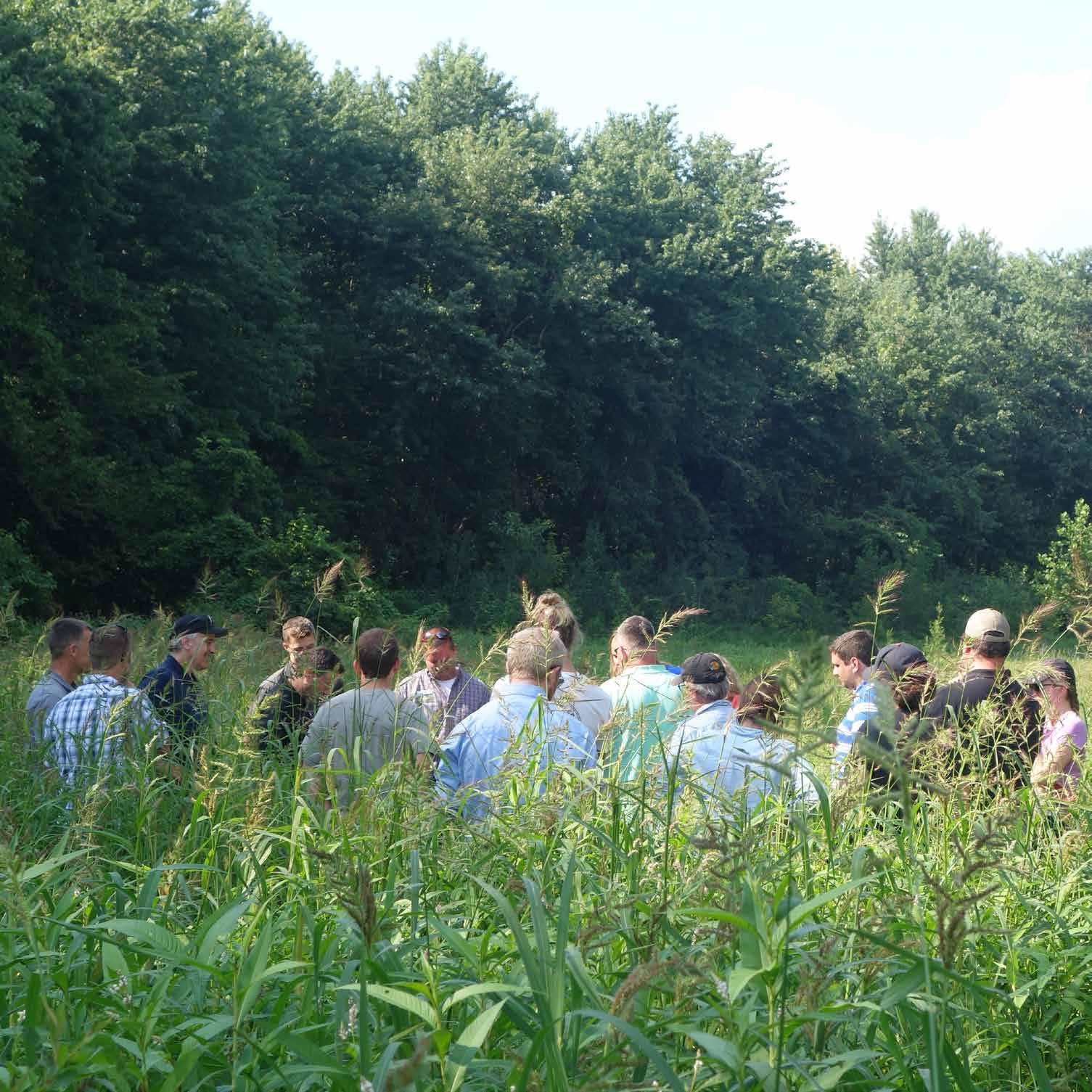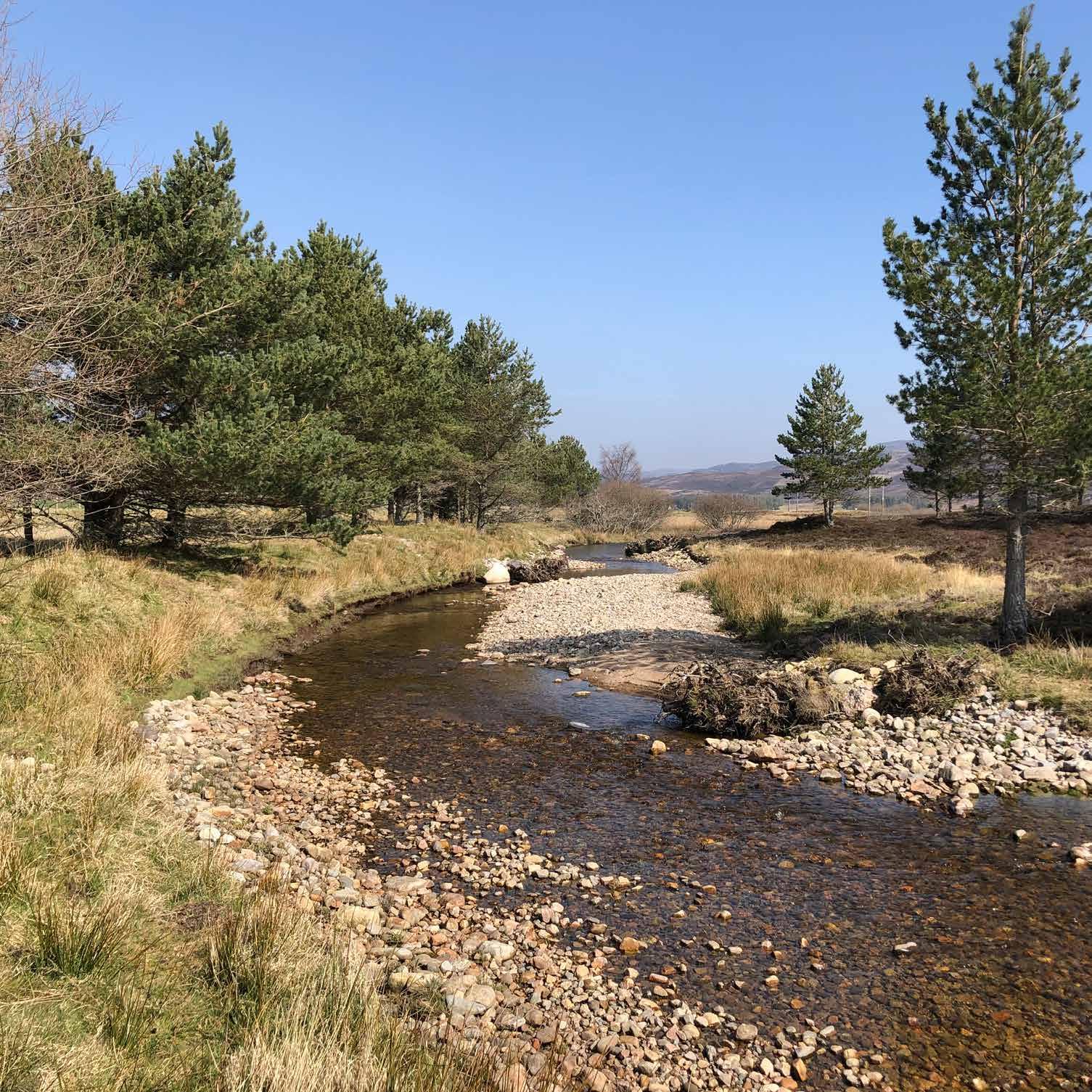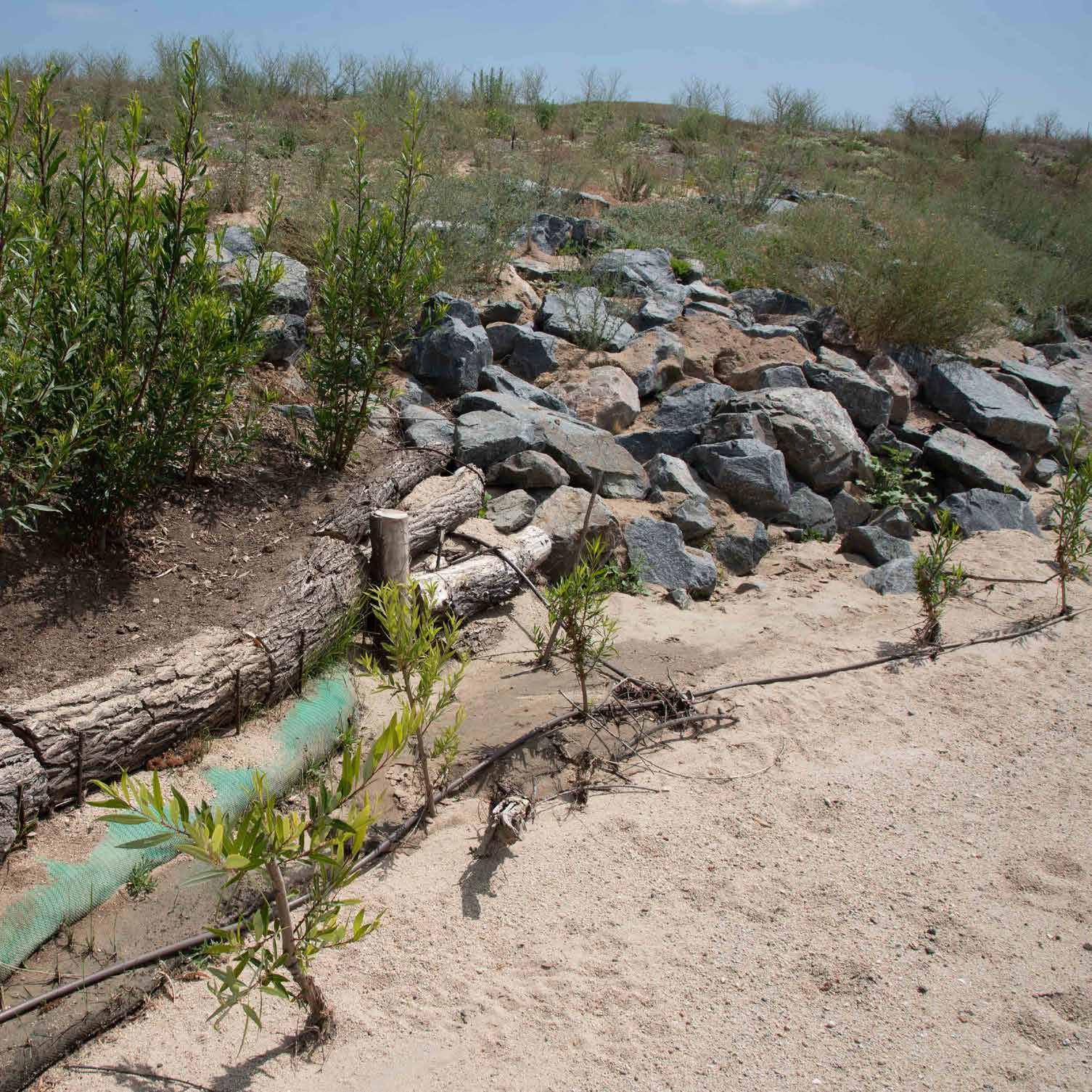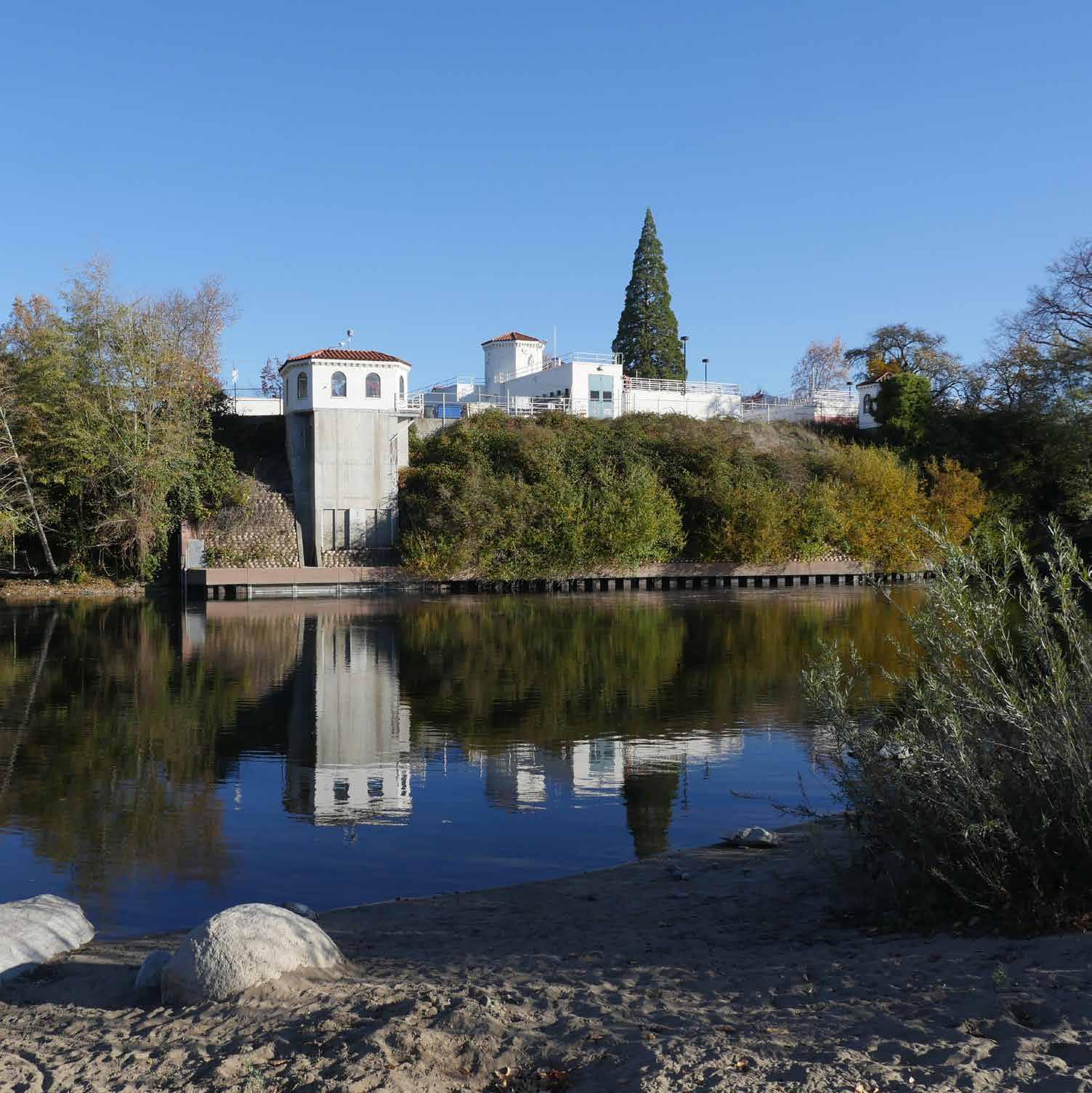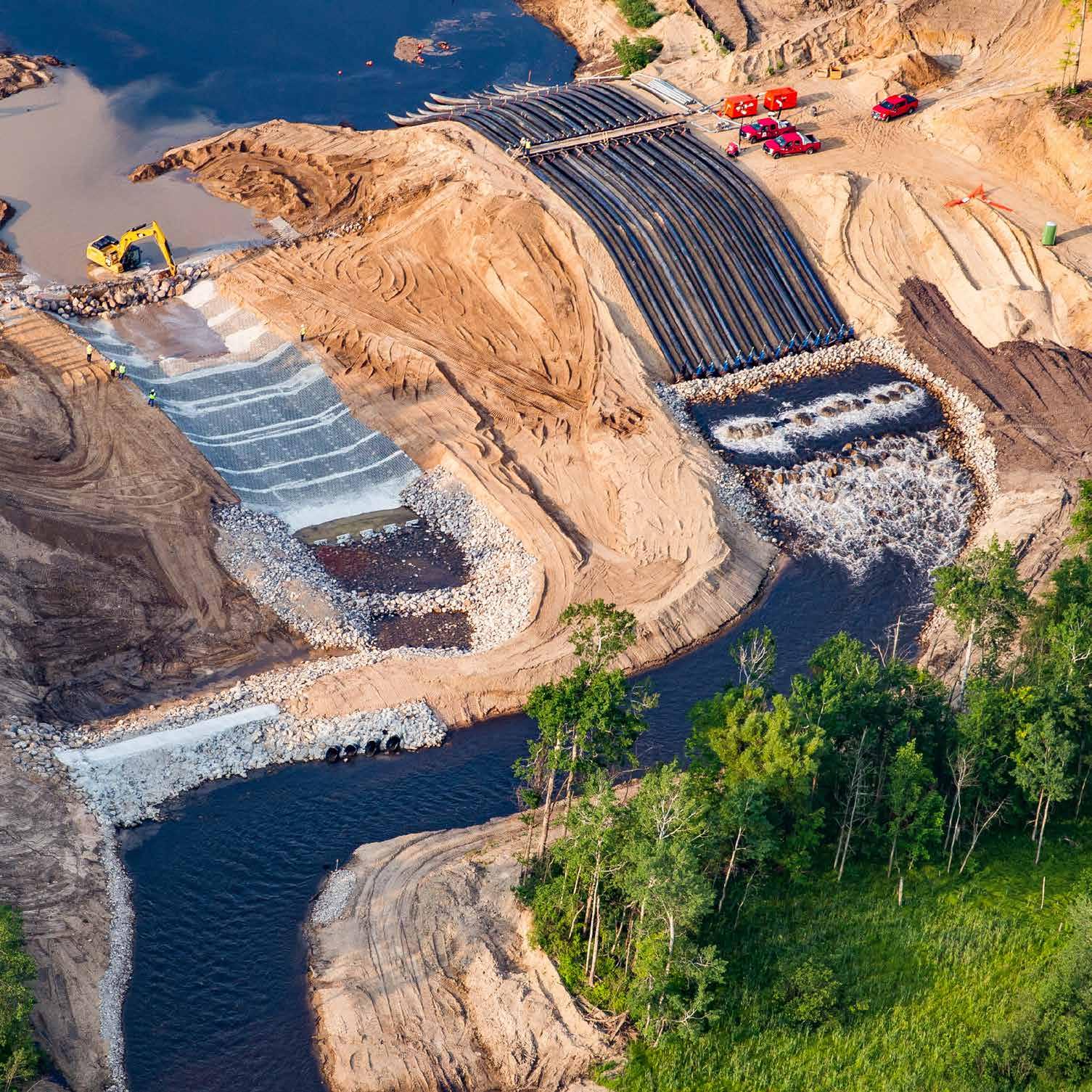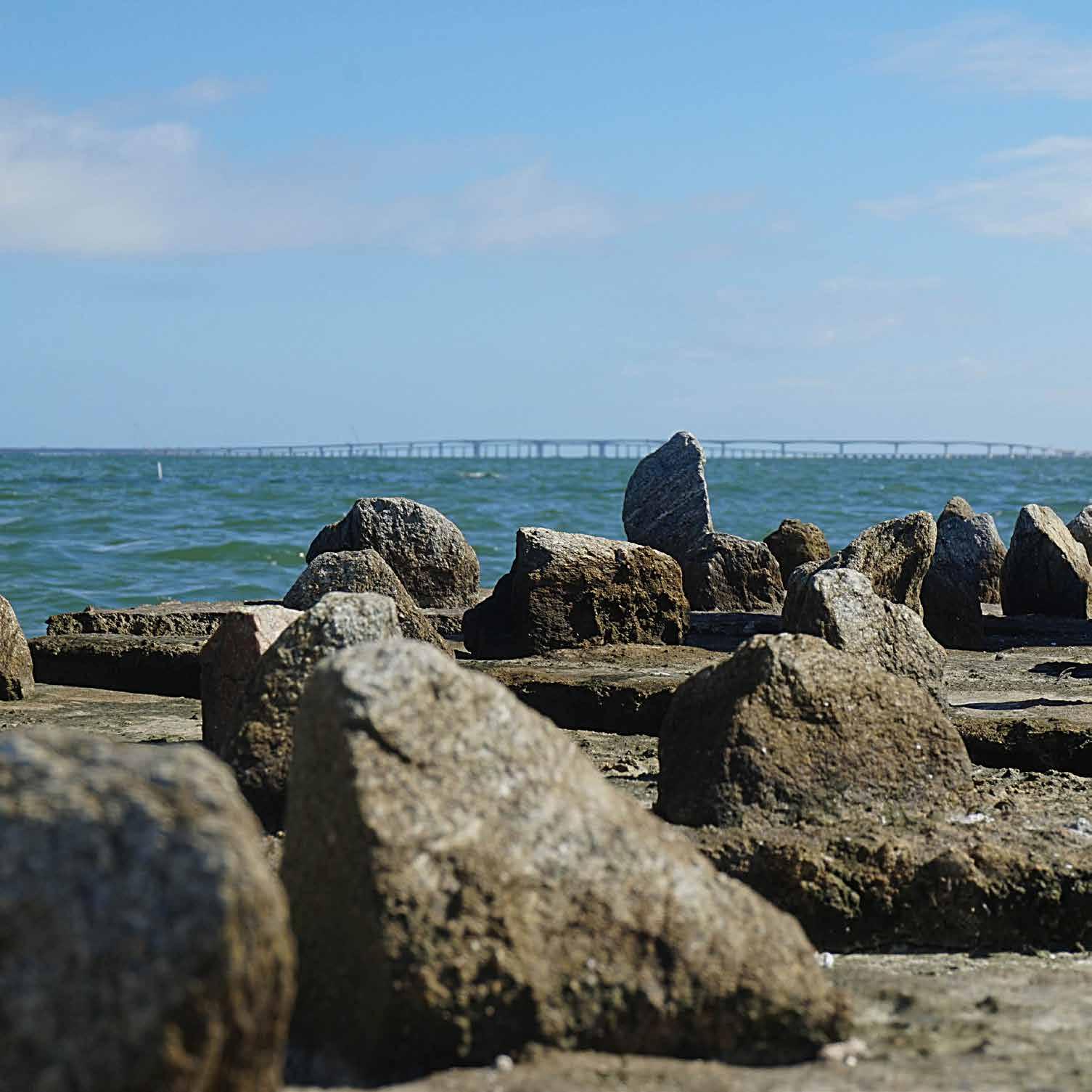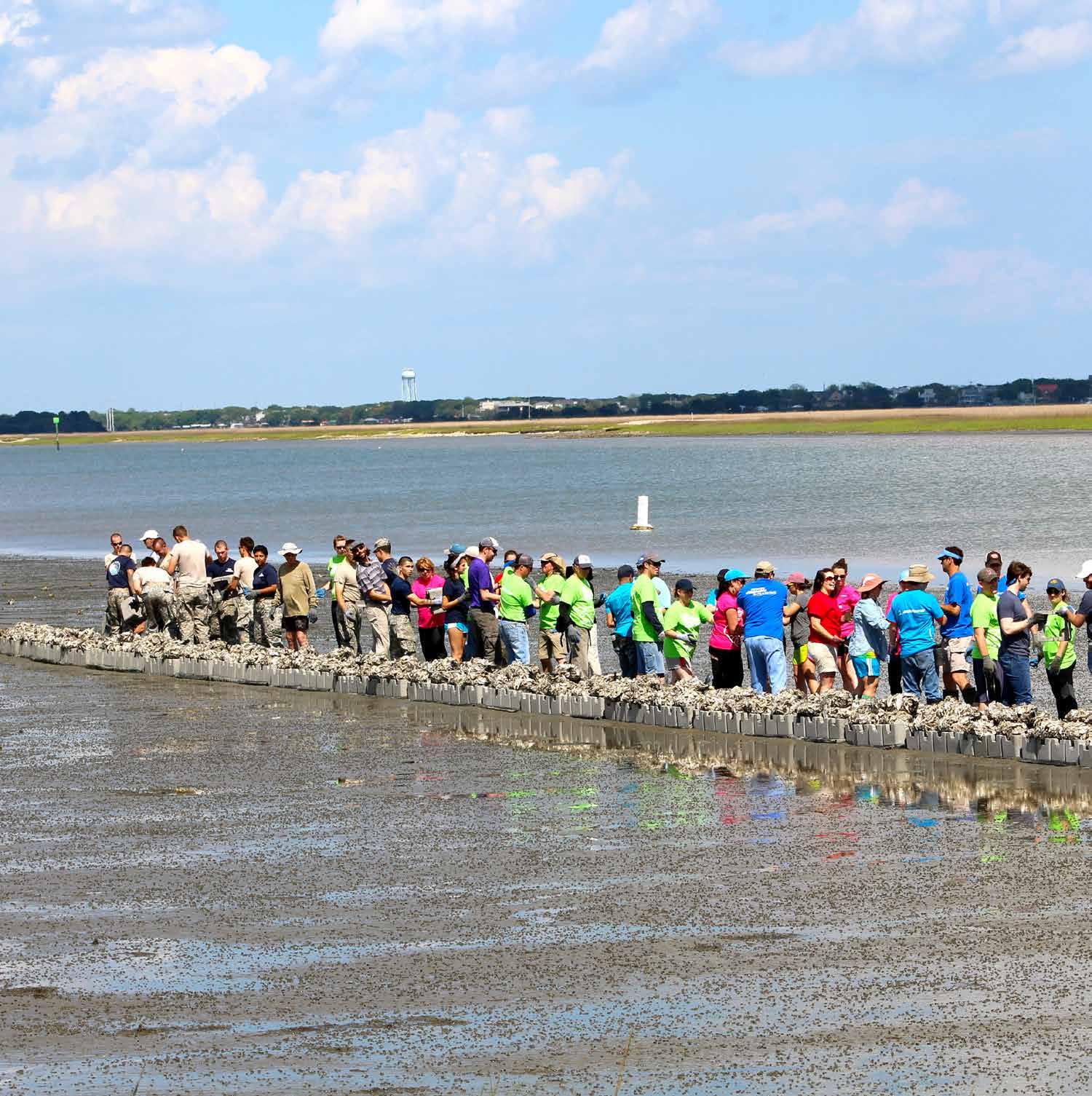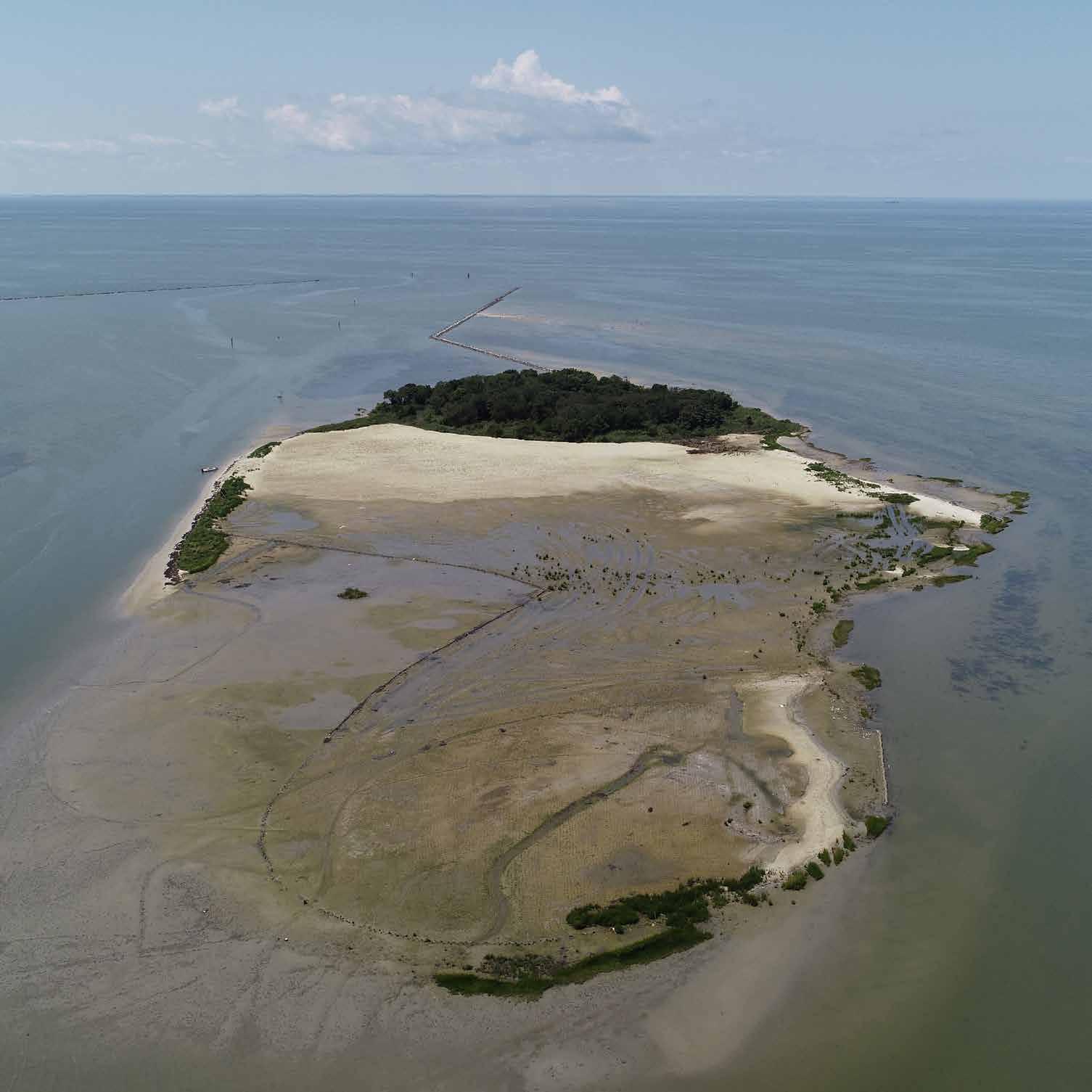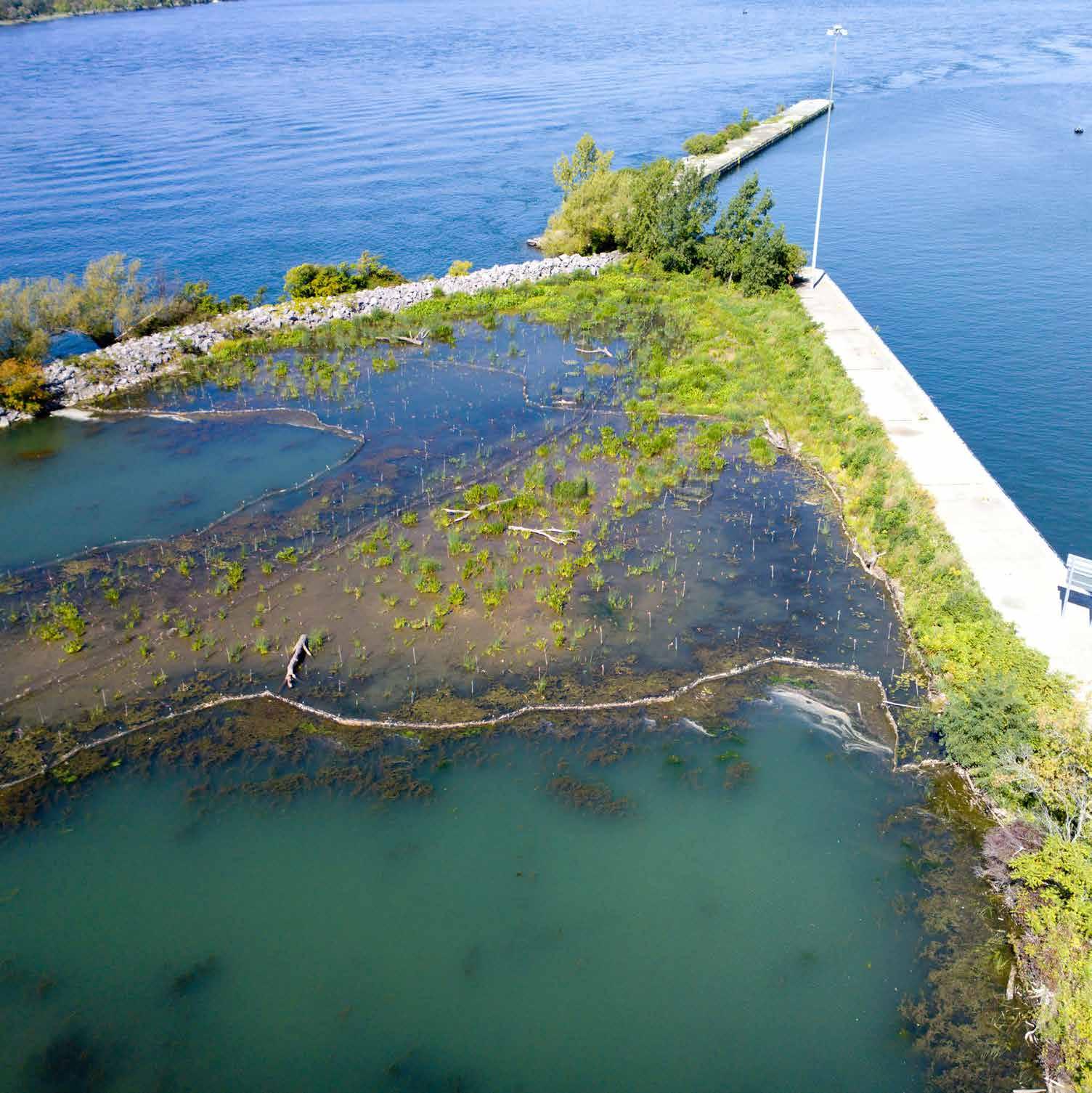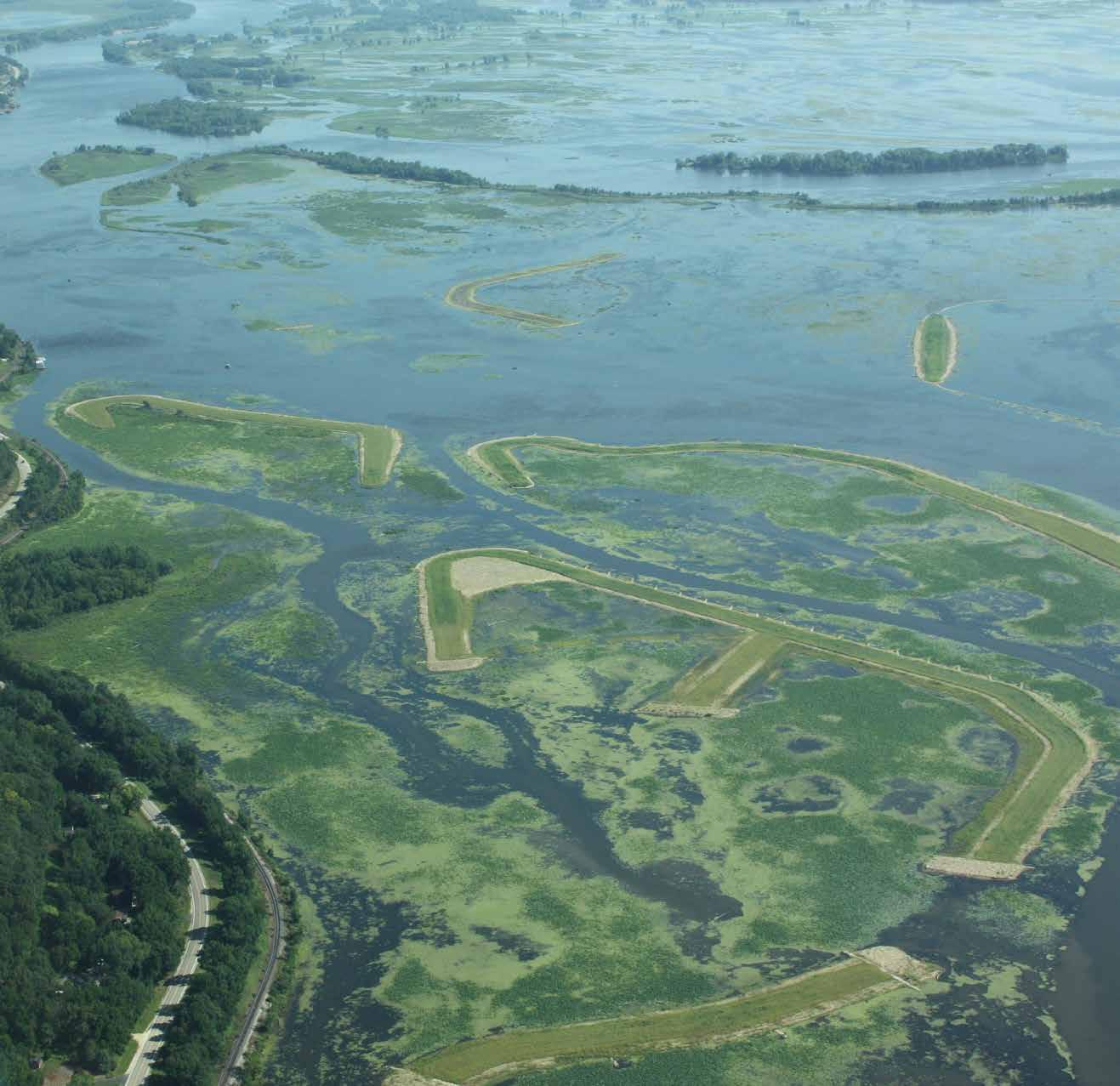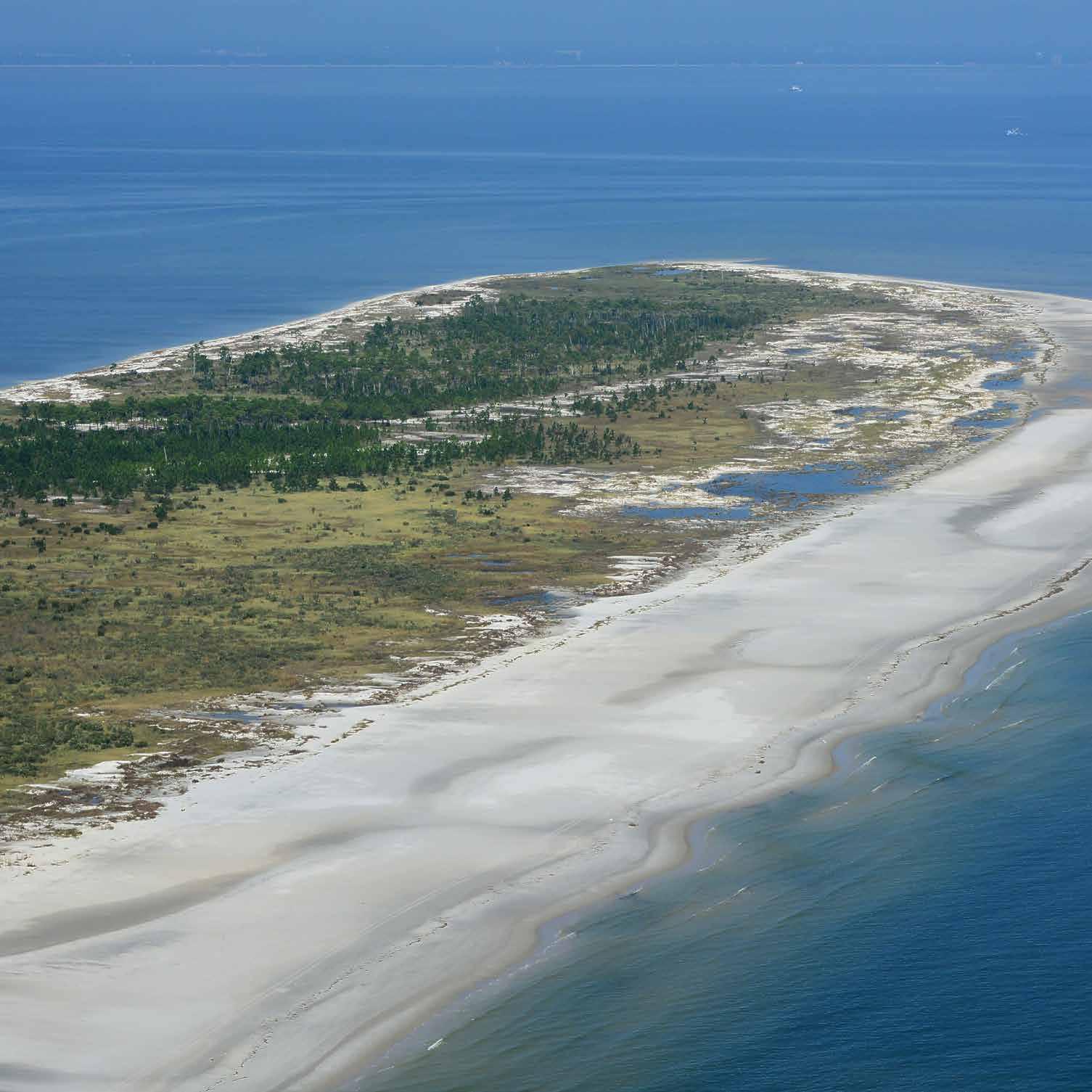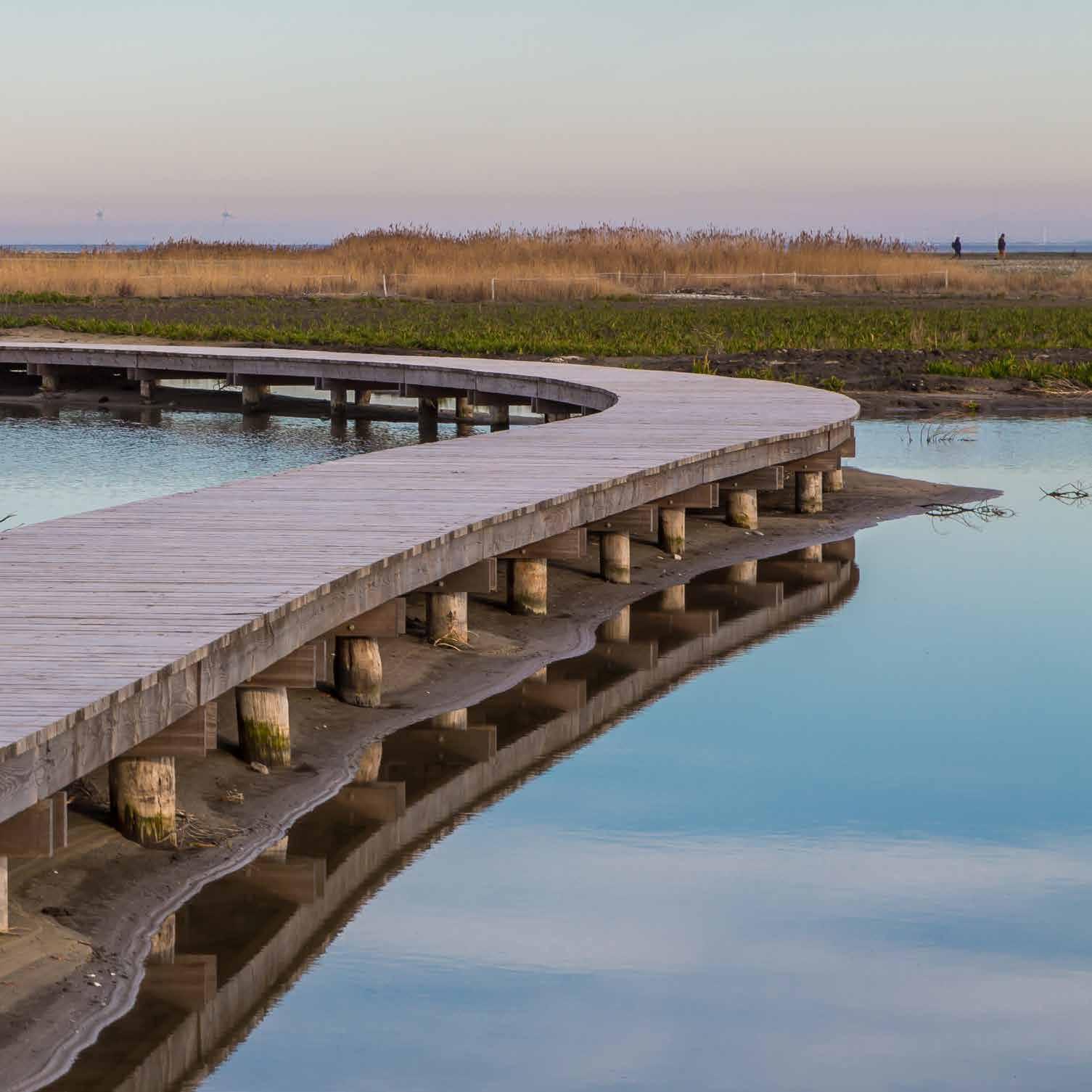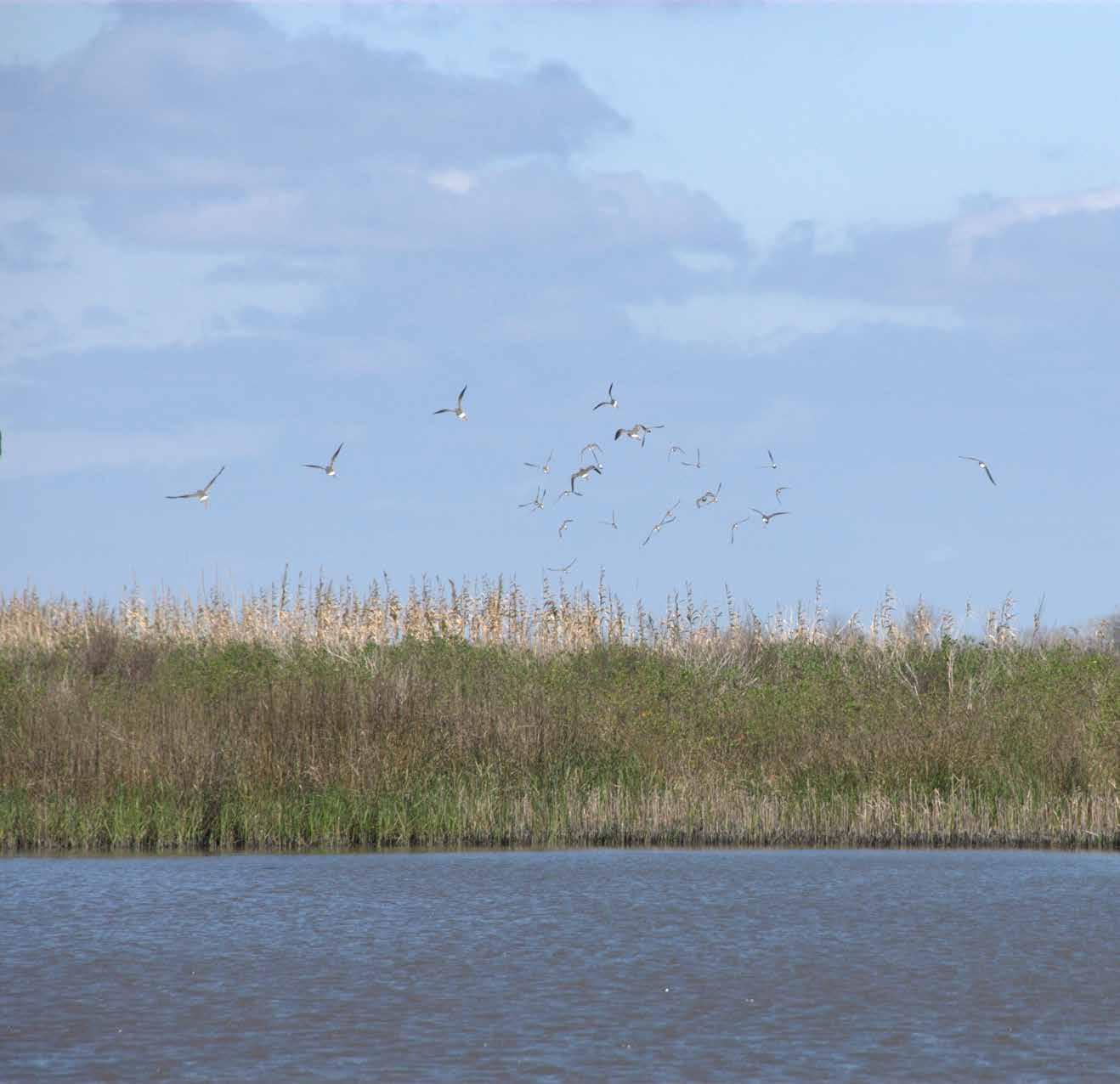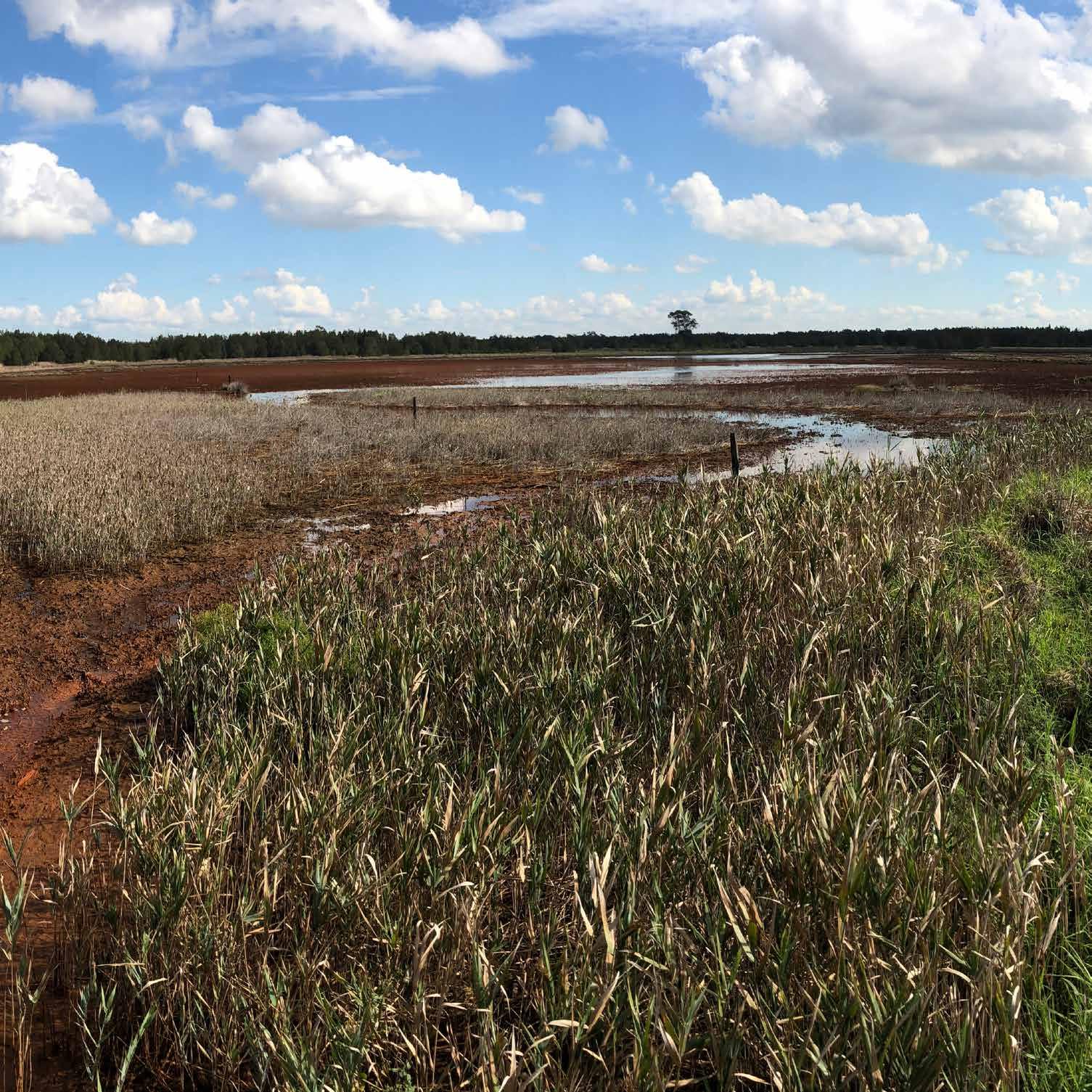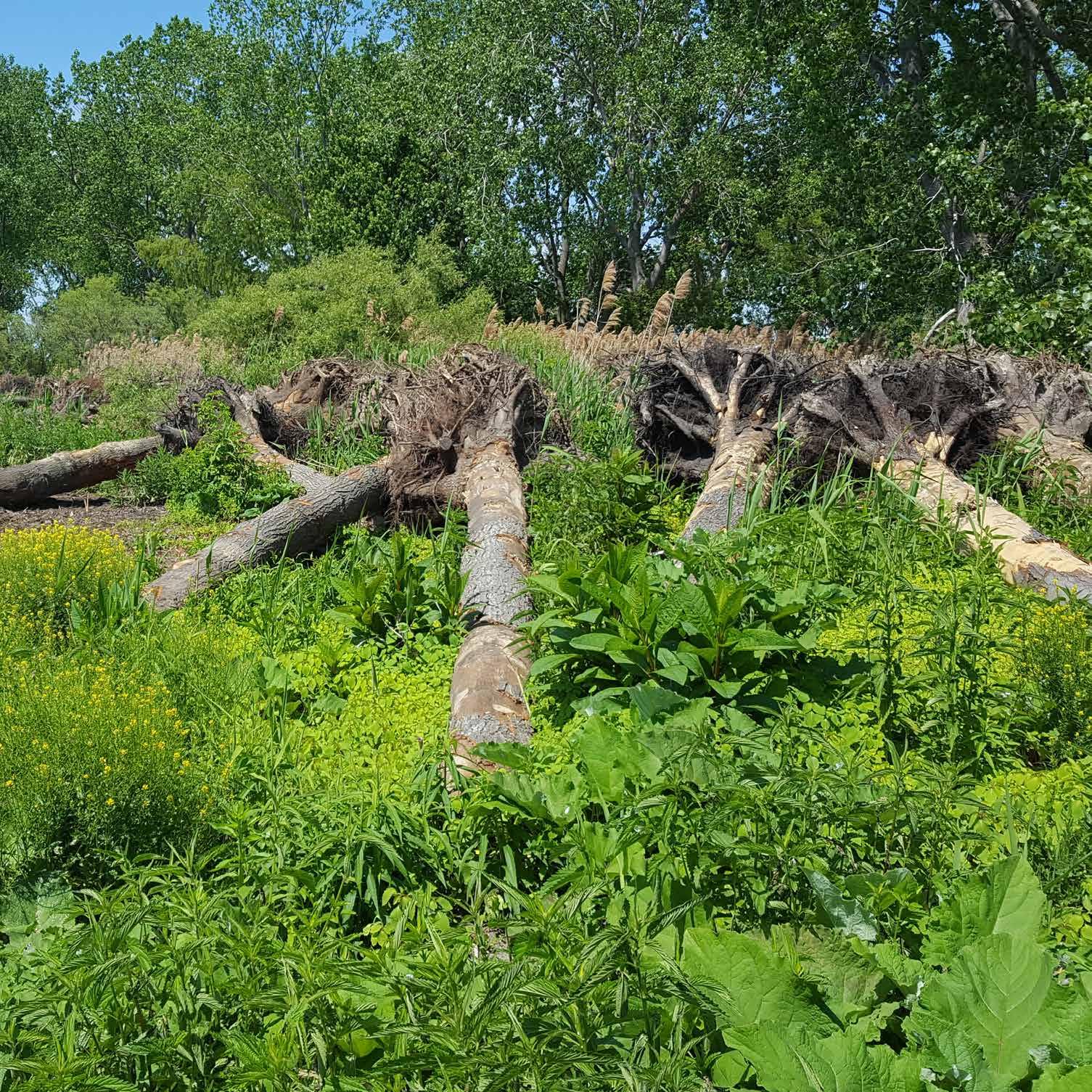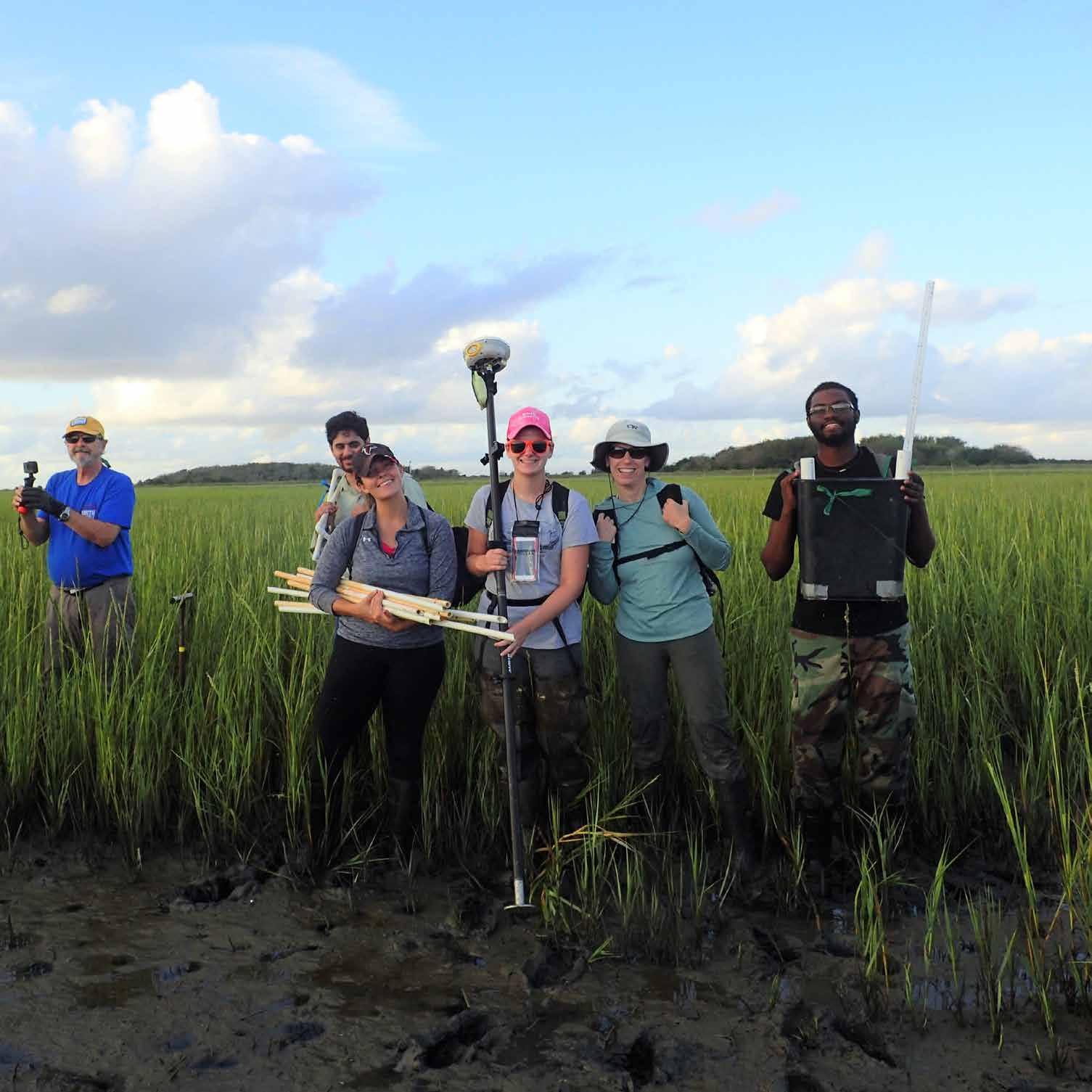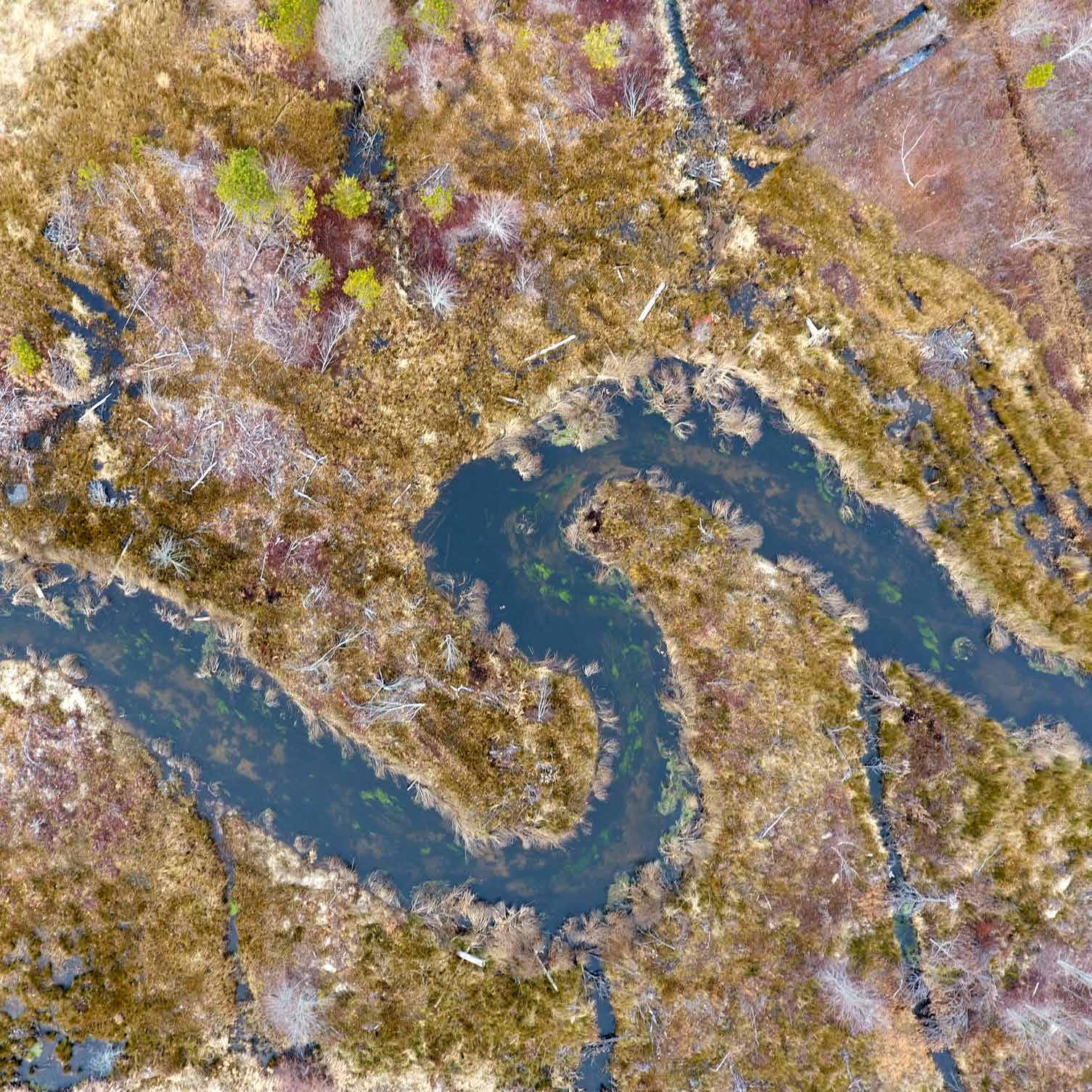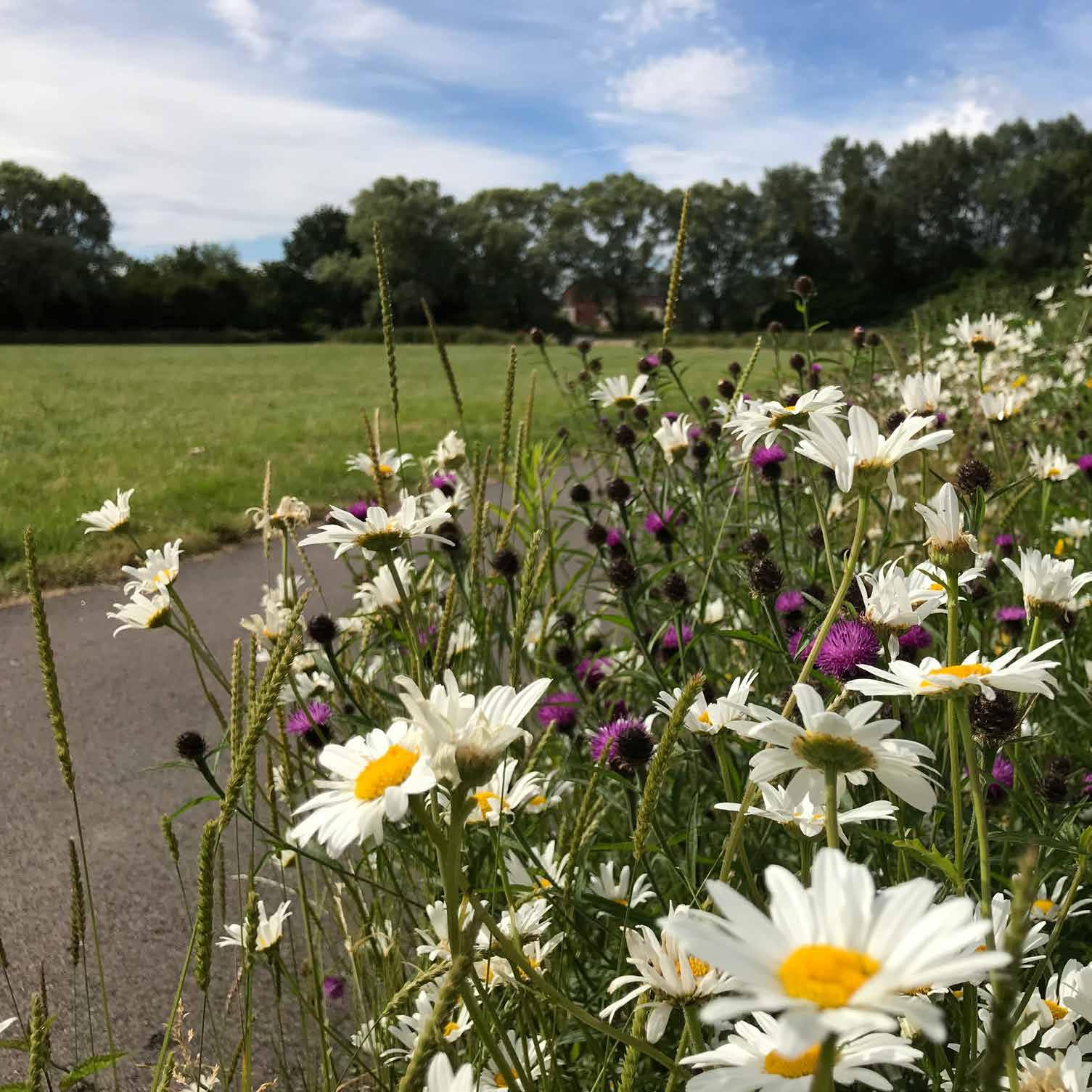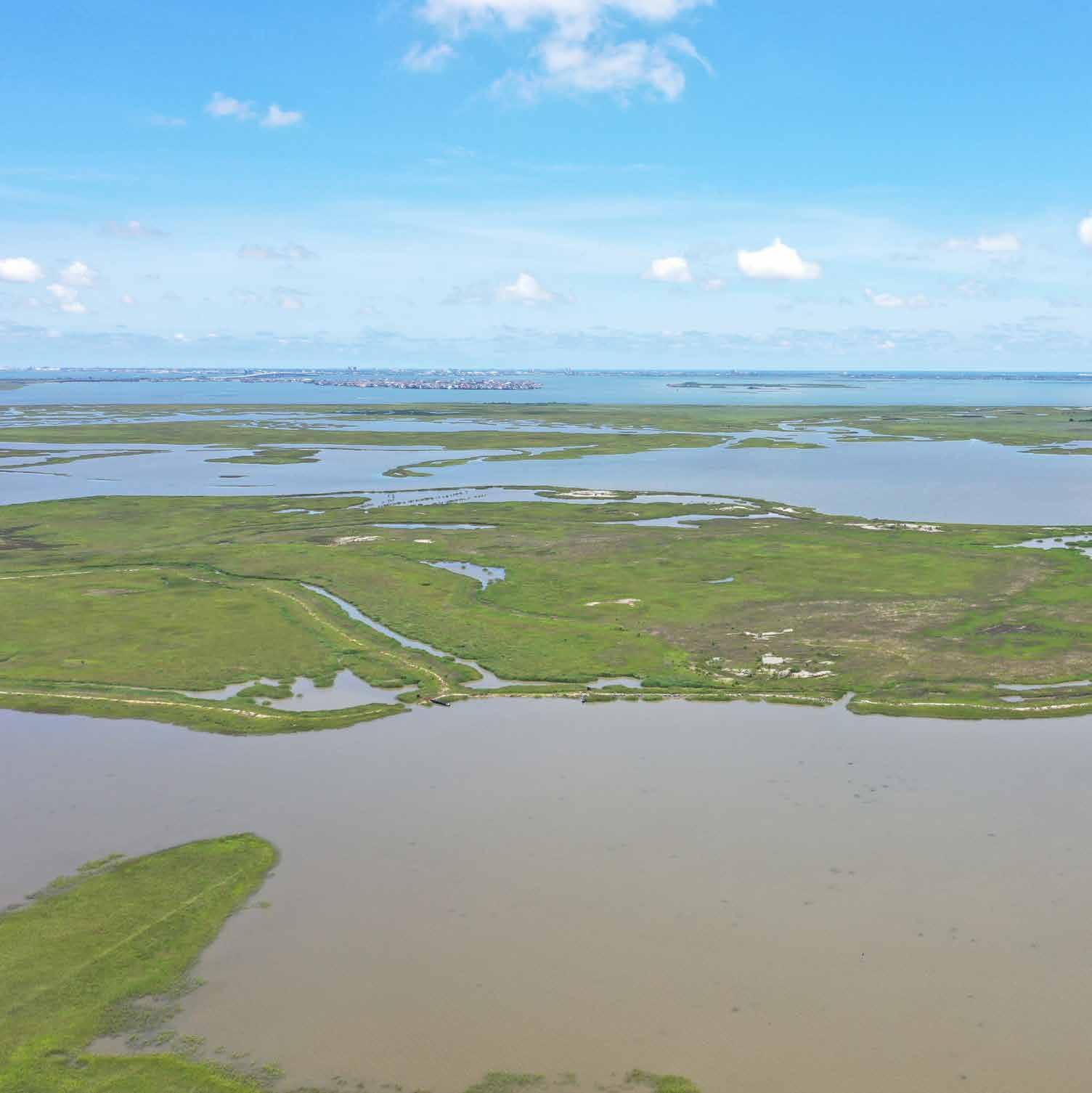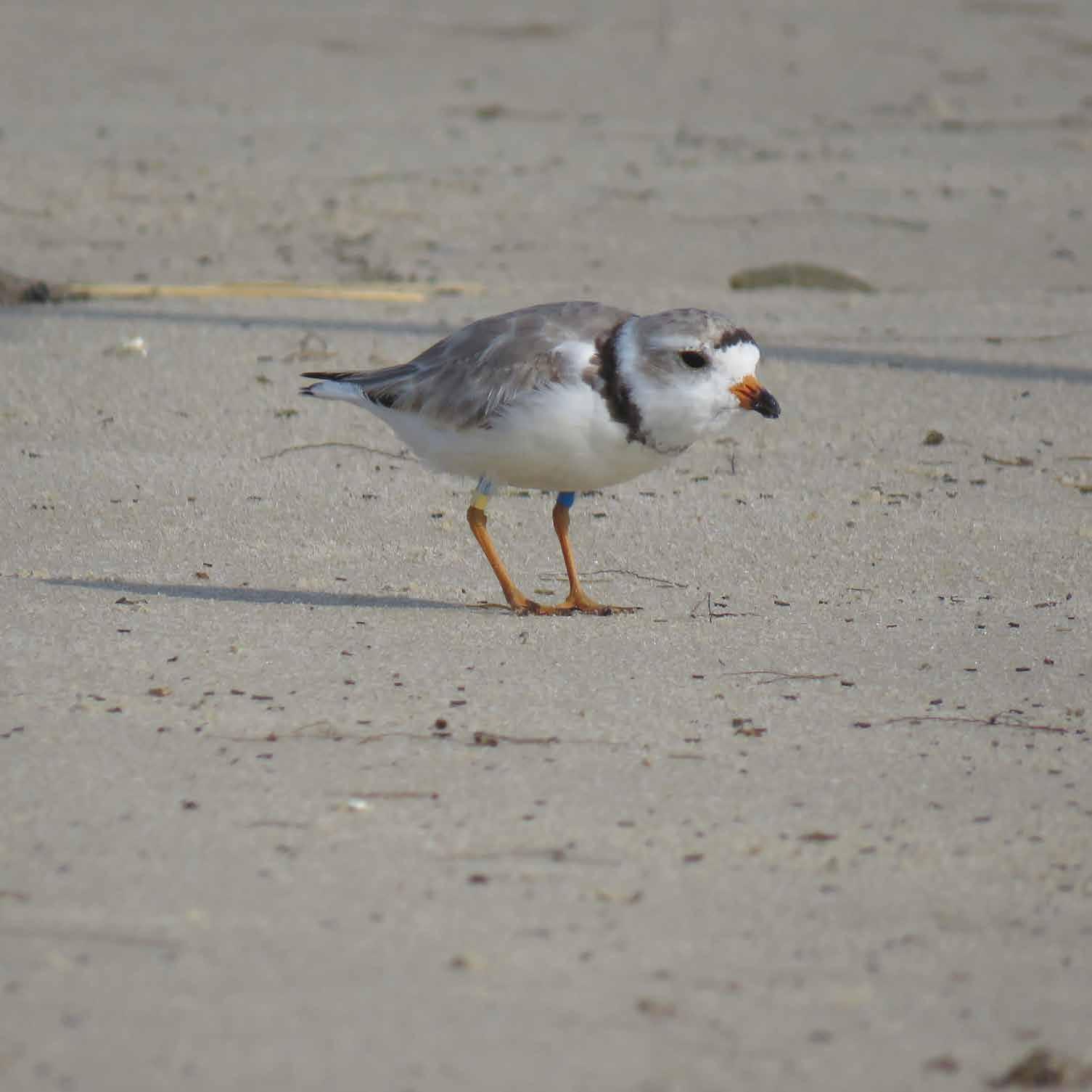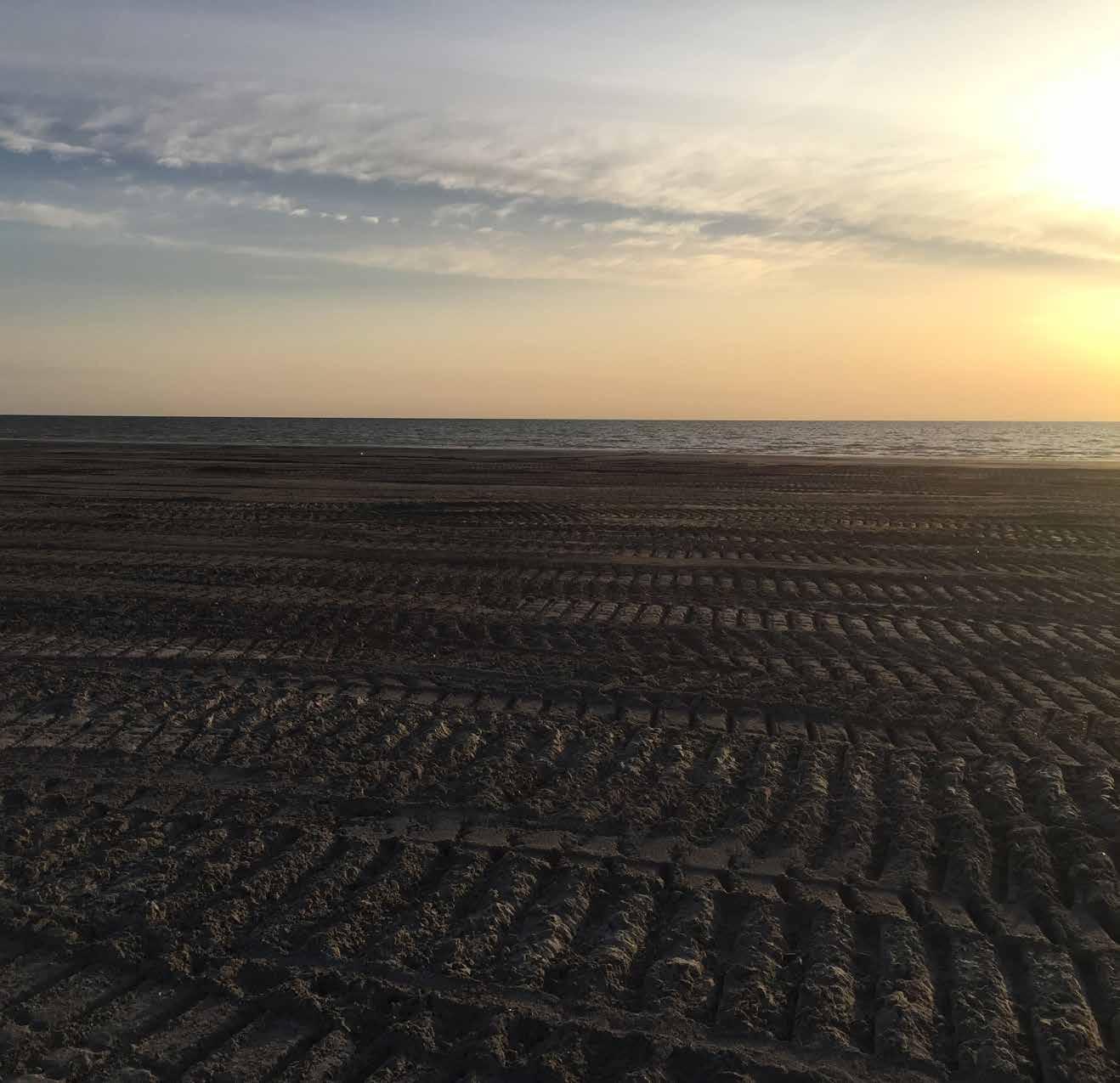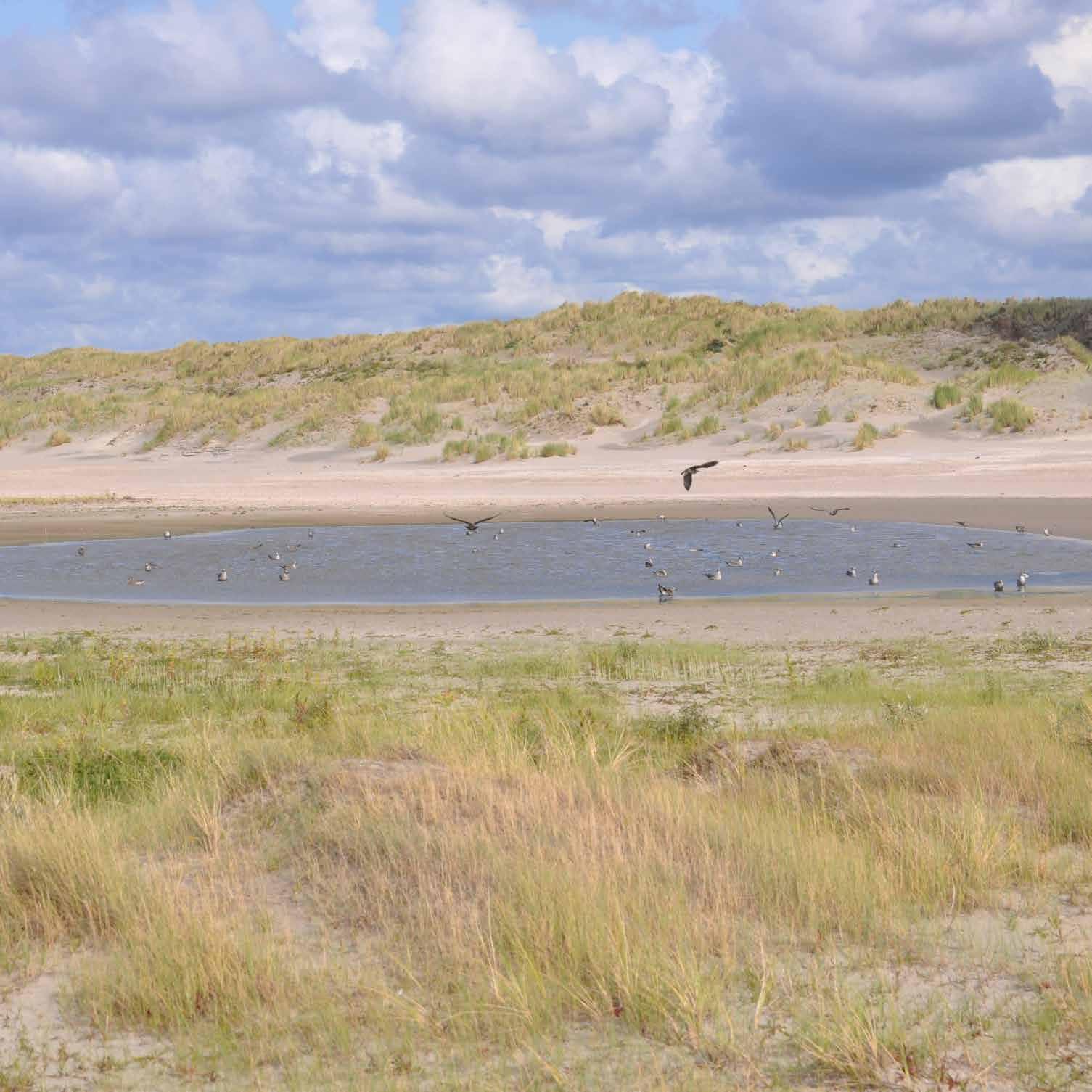Use of Vegetation and Natural Materials
Howland Dam Fish Bypass Howland, Maine, United States
Constructing the largest nature-based fish bypass channel in the nation. Dams in the Penobscot River watershed, which drains into the Gulf of Maine, have blocked fish passage since the early nineteenth century. However, reconnecting this river is a major step towards restoring Atlantic salmon in the United States and the fishery and cultural heritage of the Penobscot Nation. Therefore, in 2016, the Penobscot River Restoration Trust completed a new bypass as part of the comprehensive Penobscot River Restoration. Located on the Piscataquis River just upstream of the confluence with the Penobscot, the effort included decommissioning the Howland hydroelectric station and constructing a 30-meter-wide, 300-meter-long fish bypass channel around the spillway. With the retrofitted dam in place to maintain impounded water levels, the naturalized bypass channel has pool-and-riffle features and natural substrates to provide aquatic organism passage over a range of flows. Overall, the restoration effort is an ecologically sensitive solution to better manage the basin’s ongoing hydropower generation needs while facilitating the recovery of federally listed Atlantic salmon (Salmo salar) and other native fish. Just two years after completion, fish and eels have returned to the river; and monitoring data provides a valuable record for future nature-based fishway designs.
212














